 Abraham Lincoln
If given the truth, the people can be depended upon to meet any national crisis...
Abraham Lincoln
If given the truth, the people can be depended upon to meet any national crisis...
 Guildford news...
for Guildford people, brought to you by Guildford reporters - Guildford's own news service
Guildford news...
for Guildford people, brought to you by Guildford reporters - Guildford's own news service
Birdwatcher’s Diary No.218 Scilly Adventures!
Published on: 24 Oct, 2020
Updated on: 25 Oct, 2020
By Malcolm Fincham
Everyone must agree, this year has been a stressful one for many, myself included.
Having ridden the waves of fear and trepidation of Covid since March, I felt I was in much need of a break. It was touch and go, however, having booked it up nearly a year ago, whether our trip to the “Scillies” would still go ahead. This was only adding to my anxieties.
October 3, was just another nerve-wracking day. The only relief for me was that my friend Bob was at the helm as we drove west from Surrey to Penzance, Cornwall, under torrential, unrelenting, rain-filled skies, on our annual visit to the Scilly Isles.
The rain had arrived across the Atlantic and was moving east in a continual stream over the southern half of the UK in the wake of storm Alex. It was later confirmed to be the heaviest spell of rain since records began with enough rainfall apparently to fill Loch Ness!
However, the rain had cleared by the following morning as we boarded the ferry, the Scillonian 111, With the addition of birdwatching pals Dougal and John.
The sky remained grey and the sea was looking rough. We had already be rewarded with the sighting of one of those famous Cornish choughs, before we had boarded.
In addition, the lone drake eider duck we had seen in previous years had again returned to winter in Penzance harbour.
As we set sail, I sat and watched across the water as St Michael’s Mount stood out under the dank, grey skies.
The crossing was indeed a rough one. Having good sea-legs, I was more fortunate than some. As reports came through from below deck of a good few passengers on the “great white telephone”, could be heard, calling for “Huey”.
I was too interested in adding sea life sightings.
Gannets were plentiful, showing no fear of piercing the ocean waves as they plunged into the uninviting sea.
A small group of guillemots flew low across the water.
And a few juvenile kittiwakes flew past.
Although too awkward to photo, a great skua and a sooty sheerwater were added to this year’s tally.
Even getting a glimpse of one of a pod of common dolphins as it breeched the abrasive waves at the stern of the Scillonian III.
The sky had began to brighten as the three-hour journey to the port at Hugh Town on St Mary’s came into view. And the gannets now glistened in the sunlight as they flew around the rock outposts of the island.
Perched on the rocks and around the harbour, groups of shags came into view.
As we disembarked the ferry, at Hugh Town, St Mary’s, at long last the welcoming sun began to shine. Apart from a few odd squally showers, on the whole the weather remained mostly pleasant during our week’s stay, allowing me some good photo opportunities.
Averaging over eight miles walking each day allowed us to cover most parts of St Mary’s – taking in the historic parts, the natural landscapes, and most importantly a plethora of feathered friends.
It was enlightening just to walk along the shoreline watching birds I would often see on the mainland of “old Blighty”.
These included, on Porthloo beach, turnstones doing just as their name suggests, as they looked for food under the pebbles.
A few ringed plovers scurried around between the larger waders looking for insects that had been disturbed.
Oystercatchers with their carrot-like bills, for me, are are always a delight to see.
A lone dunlin also mingled among the assortment of waders.
Also, a group of a dozen or more sanderlings ran back and forth, in time with the rising and receding waves.
Two bar-tailed godwits probed their long bills deep into the soft sand, looking for crustaceans.
Further inland, where the sandy beach was replaced by boulders, rock pipits could be seen.
While a kestrel hovered overhead.
Elsewhere on the island, on Lower Moors, a jack snipe could be viewed.
Visiting Porth Hellick Pool, we re-found a pectoral sandpiper that I had previously seen as a sandpiper species that had flown passed us from the nearby beach.
While watching it, probing the mud by the edge of the pool, I also managed to “snatch” a record shot of a kingfisher as it flashed past.
Three wigeon could also be added to the day list.
At Holy Vale there had been a pied flycatcher reported. Although elusive, flitting around high up in branches in a deep line of deciduous trees, it eventually gave itself up for long enough to catch a photo.
A few swallows still lingered here and there around the island.
A sparrowhawk was also present overhead, causing the hirundines some distress.
While around the coast a few wheatears (mostly of the Greenland type) still loitered.
Heading back to Hugh Town, we also picked out a whinchat in one of the fields. While a a good number of stonechats were also present around the islands.
While also picking out six pink-footed geese that same day.
Boarding one of Scillies’ inter-island boats, we visited Tresco on October 8. Castle Down, was an area of the island that I hadn’t been to before. I probably still wouldn’t have if it hadn’t been for reports of an American golden plover there.
Although having already seen one recently at Farlington, near Portsmouth, Hampshire, I was more than happy to visit Castle Down if only for the landscape views.
The American golden plover had settled among a small group of Eurasian golden plovers.
Walking the path across the heathland, the sound of a Lapland bunting was picked out by John. True enough, just along the path ahead one could be seen.
Looking out to the coastline from just beyond the ruins, a grey seal could be seen, not far out in the sea and close enough to photograph it and looking as if it were smiling for my camera.
While on Tresco we felt it only right to pay our annual homage to the golden pheasants, if only for their beauty.
Also introduced to Tresco about a decade ago, and originally bred at Merrist Wood College at Worplesdon, red squirrels can now be seen.
They are spreading throughout the pine woodland beyond the Abbey Gardens, where they were first released. Click here for more details.
Another non indigenous species noted there were at least three black swans.
The prize species there, and of our holiday, had to be a black-and white warbler.
It had made landfall at Tresco from North America where it usually winters in Florida. It had been caught up in one of the hurricanes there while on its migration and transported across the Atlantic.
Found by some observant birders, it could be seen in the dense hedgerow between the two hides on Pool Road.
My favourite “critter”, (apart from the black and white warbler) during our stay may come as a surprise to some. It was a hummingbird hawk-moth that I personally found. Although having seen them on numerous occasions before in Surrey, although never enough.
They are always a ‘real gem’, in my eyes to perceive. Watching it hover and uncoiling its proboscis to feed on the nectar of its chosen flower is always a delight to observe.
Although the butterflies were decreasing in number as their season was now coming to a close.
A few small copper butterflies as well as red admiral, comma and peacock butterflies could still be seen.
Always a delight to see on the island, and regular visitors at this time of the year, was one of a few wrynecks that had been sighted.
Enjoying my own company from time to time, I spent one pleasant afternoon walking in the direction of the Old Town churchyard on St Mary’s.
While sitting within its peaceful surroundings, one of the many friendly song thrushes on the island came to visit me. It spent a good while wandering around my feet, as if to keep me company.
A robin also appeared, although was soon chased off by the thrush, who had now decided to perch on a higher gravestone than the robin was on.
A male and a female blackbird also spent a while at my side, not bothered by the song thrush.
A respectful walk around the churchyard, listening to the various birds in song, led me to a quiet area where a recognisable name could be observed on one of the gravestones.
It was that of Harold Wilson, prime minister during my days of youth. Now with the addition of his wife Mary, the epitaph bores the Latin inscription, “Tempus Imperator Rerum” (Time the Commander of Things).
Distracted from my thoughts, the call of a yellow-browed warbler could be heard – in fact there were several. One was high above my head in a conifer and at least two more in the sycamores.
Up on The Garrison above Hugh Town the sound of yellow-browed warblers could also be heard, and the call of a chiffchaff attracted me to its hideout.
My anxieties re-emerged on our last day, however. Our morning flight off St Mary’s had been cancelled due to low cloud, though they hoped to reschedule it to the afternoon, but only if the clouds lifted.
Attempts to take our minds off what might be the outcome, we returned to Hugh Town by taxi for a few more hours “birding”.
At Lower Broome, on The Garrison, we “jammed” in on a red-breasted flycatcher. And although it proved to be very mobile and only showing intermittently, for a few seconds I eventually got a photo.
More importantly at the time was to see the clouds had begun to clear and the first of the planes could be seen leaving the island.
All this of course was just a brief synopsis of the many delights seen during our stay.
By now, the setting of the compass in my head was set for east as the sun began to set in the west. We were heading home!
Responses to Birdwatcher’s Diary No.218 Scilly Adventures!
Leave a Comment Cancel reply
Please see our comments policy. All comments are moderated and may take time to appear. Full names, or at least initial and surname, must be given.Recent Articles
- Letter: Stoke Mill Needs Protection
- Letter: Why Is No One Applying to Waverley Council’s CIL Review Scheme?
- Highways Bulletin: Supporting You Through Local Roadworks
- Warning Over Rising Risk of Type 2 Diabetes in Guildford
- Letter: The Lack of Political Will to Fix the CIL Issue at Waverley Is Worrying
- Notice: Heritage for All
- Letter – Waverley Council’s Answers on CIL Just Don’t Make Sense
- Cyclist Seriously Injured in East Clandon Collision – Police Seek Witnesses
- GBC Admits ‘Significant Failings’ Over Couple’s Home Improvement Ordeal
- Community Governance Review Explainer



Recent Comments
- Maria Dobson on Letter: The Lack of Political Will to Fix the CIL Issue at Waverley Is Worrying
- Ian Colvin on Letter: The Lack of Political Will to Fix the CIL Issue at Waverley Is Worrying
- S Callanan on A3100 Guildford to Godalming Portsmouth Road Re-opened
- Tony Harrison on A3100 Guildford to Godalming Portsmouth Road Re-opened
- Murray Rowlands on Woking Council’s Big Bailout – Government Gives Extra £75m
- Peta Malthouse on Pay Rise for Joint Guildford-Waverley CEO Agreed
Search in Site
Media Gallery
Dragon Interview: Local Artist Leaves Her Mark At One of England’s Most Historic Buildings
January 21, 2023 / No Comment / Read MoreDragon Interview: Lib Dem Planning Chair: ‘Current Policy Doesn’t Work for Local People’
January 19, 2023 / No Comment / Read MoreA3 Tunnel in Guildford ‘Necessary’ for New Homes, Says Guildford’s MP
January 10, 2023 / No Comment / Read More‘Madness’ for London Road Scheme to Go Ahead Against ‘Huge Opposition’, Says SCC Leader
January 6, 2023 / No Comment / Read MoreCouncillor’s Son Starts Campaign for More Consultation on North Street Plan
December 30, 2022 / No Comment / Read MoreCounty Council Climbs Down Over London Road Works – Further ‘Engagement’ Period Announced
December 14, 2022 / No Comment / Read MoreDragon Interview: GBC Reaction to the Government’s Expected Decision to Relax Housing Targets
December 7, 2022 / No Comment / Read MoreHow Can Our Town Centre Businesses Recover? Watch the Shop Front Debate
May 18, 2020 / No Comment / Read More



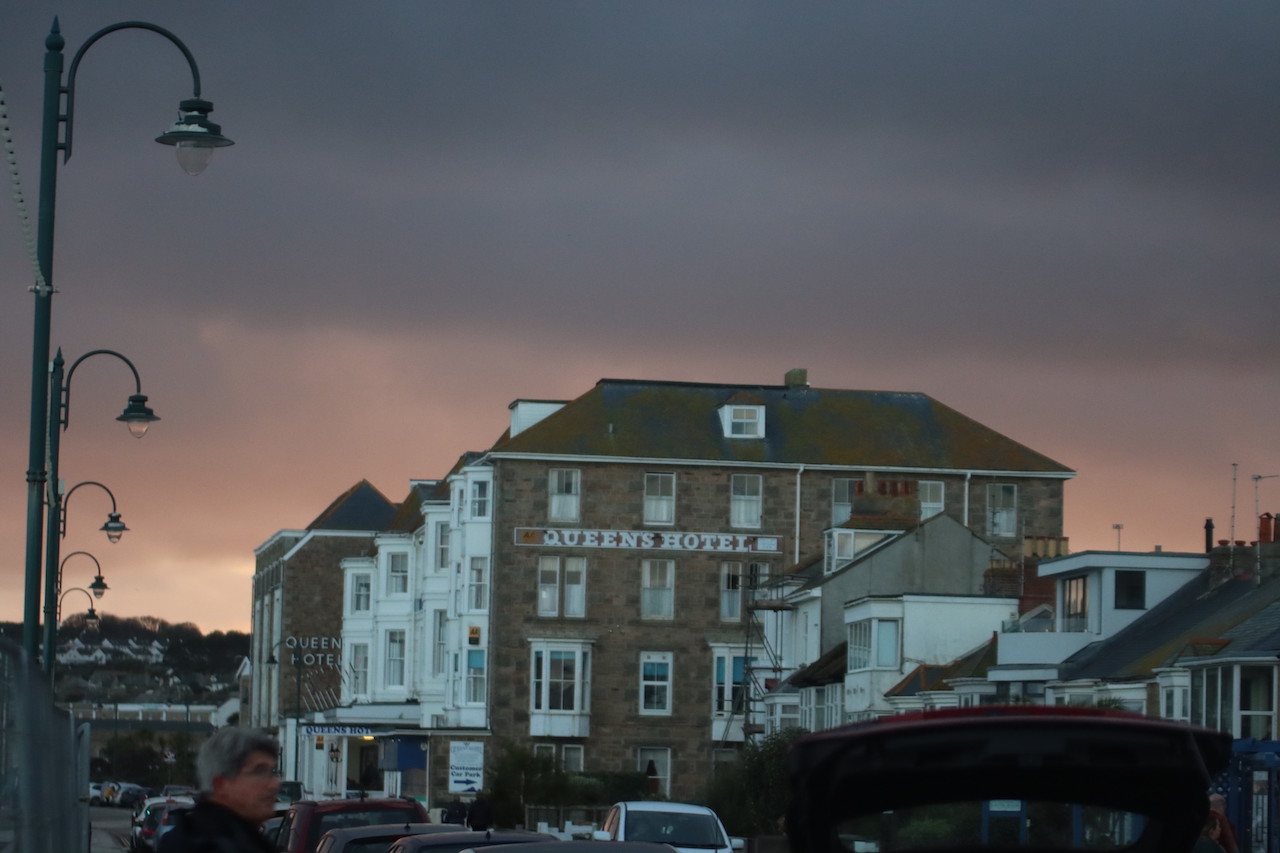
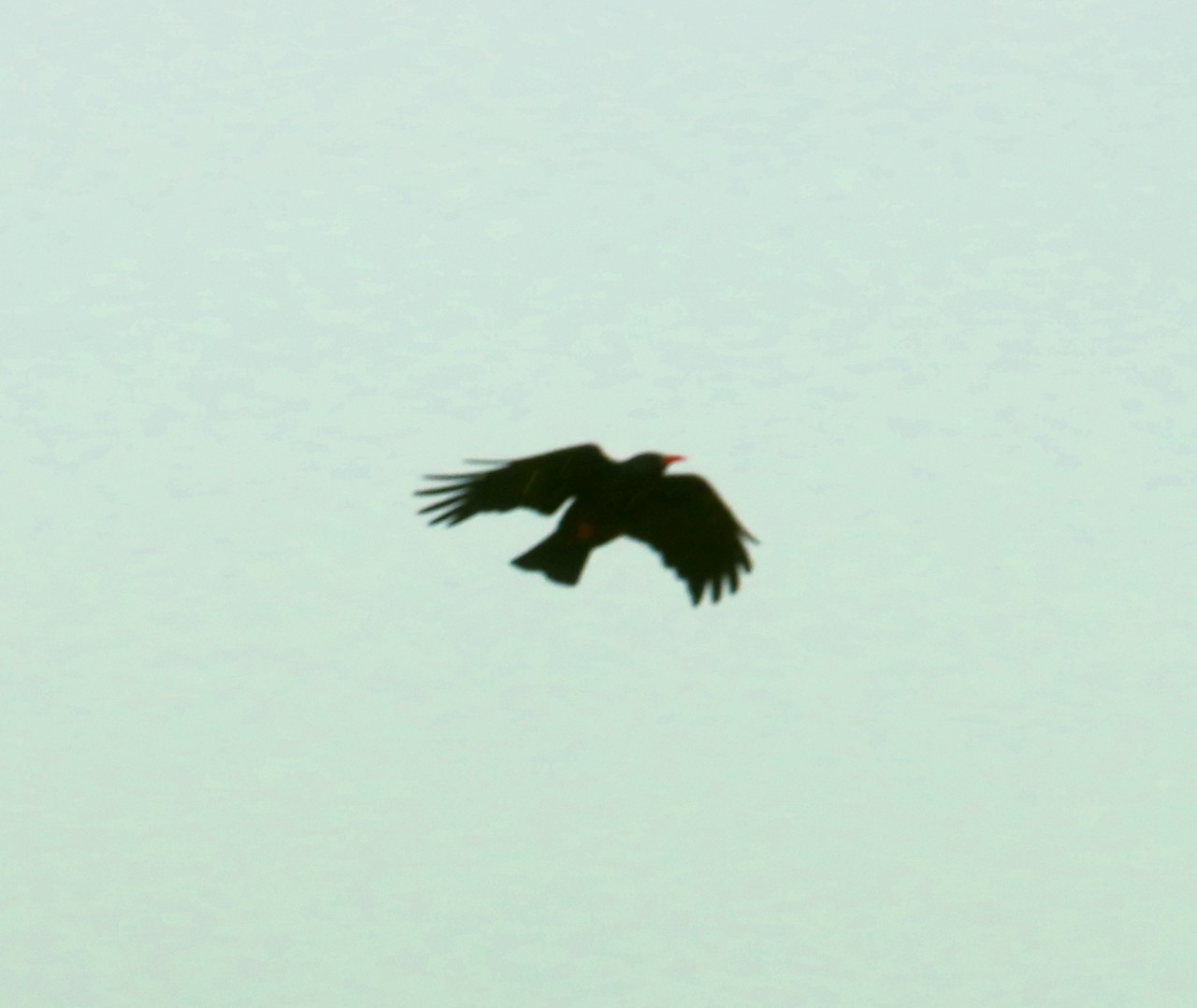
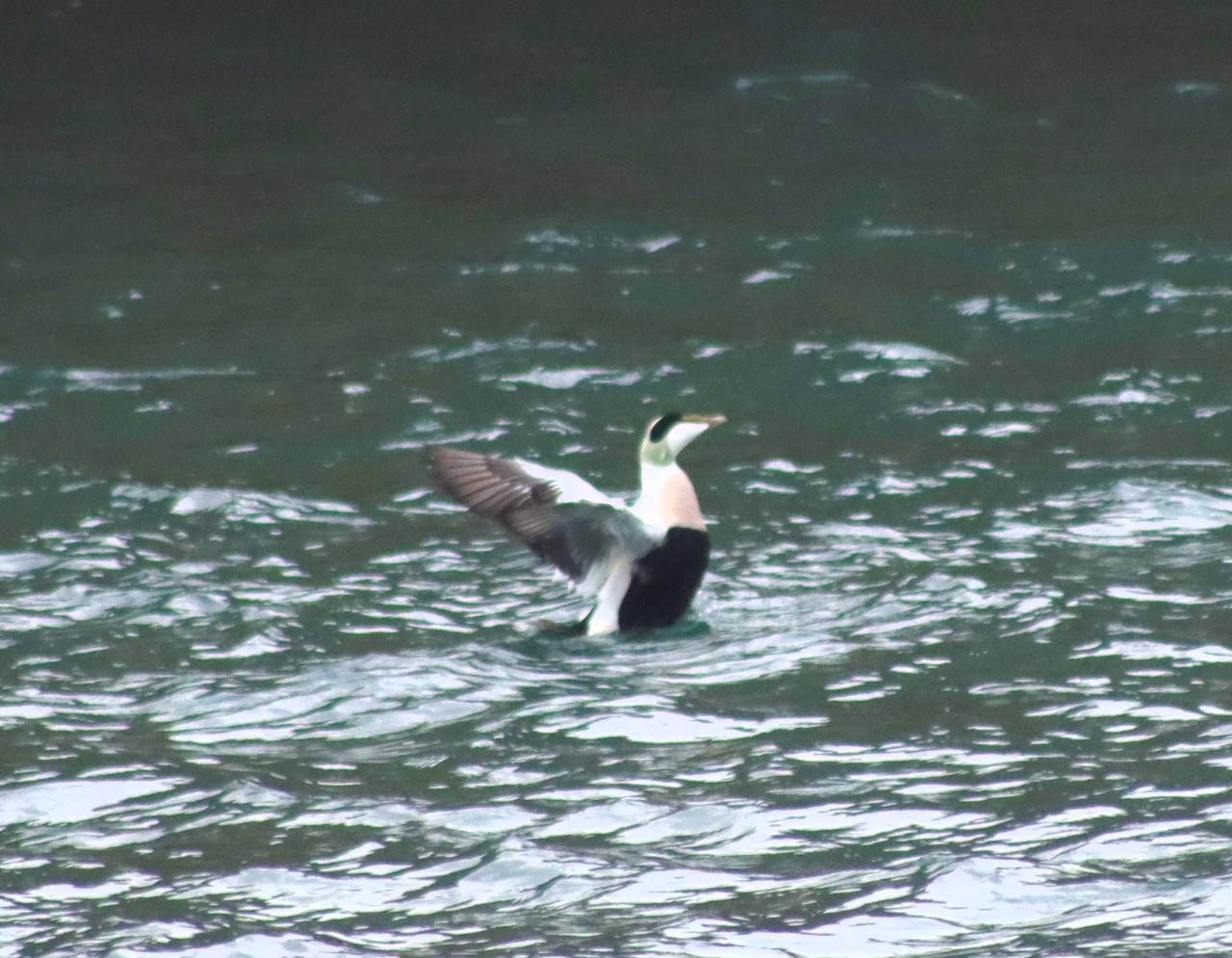
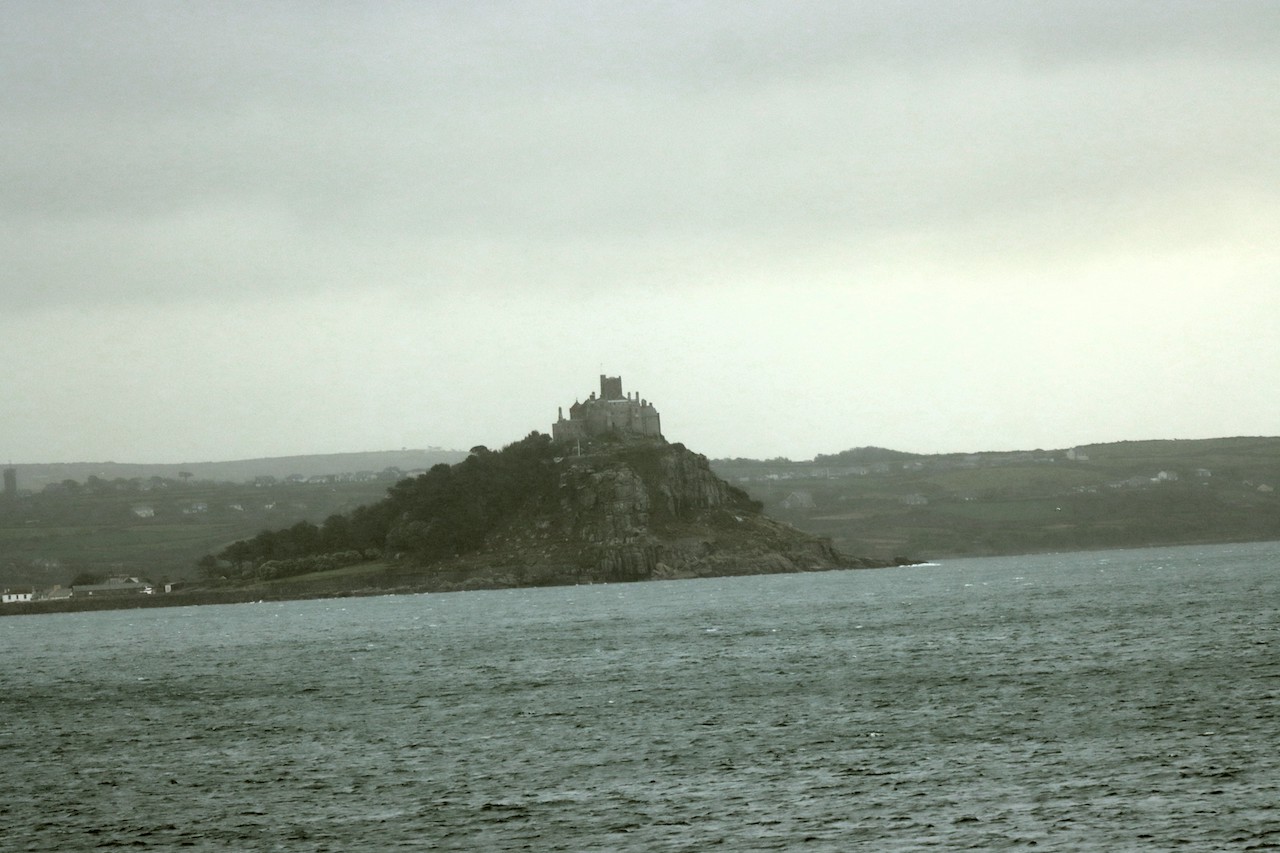
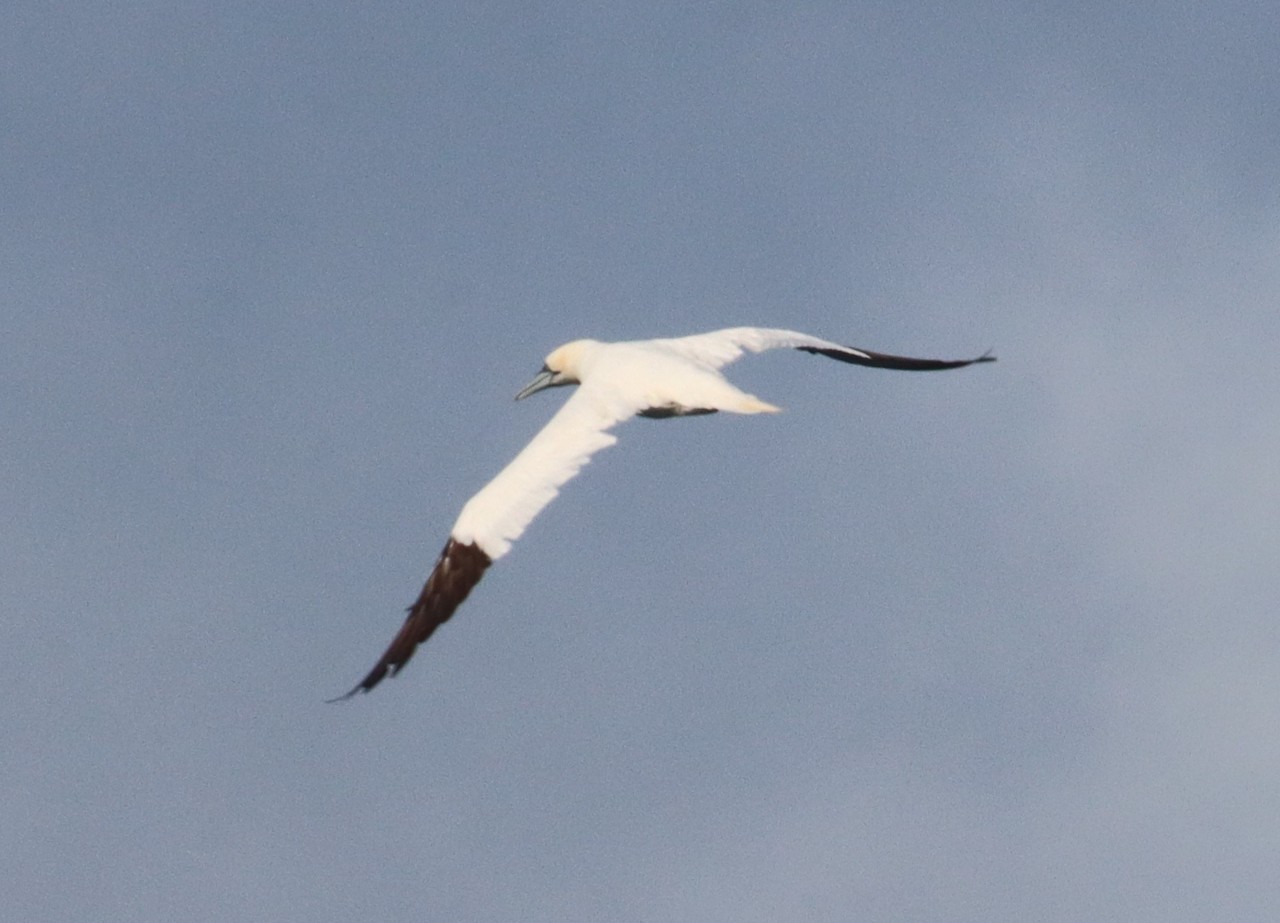
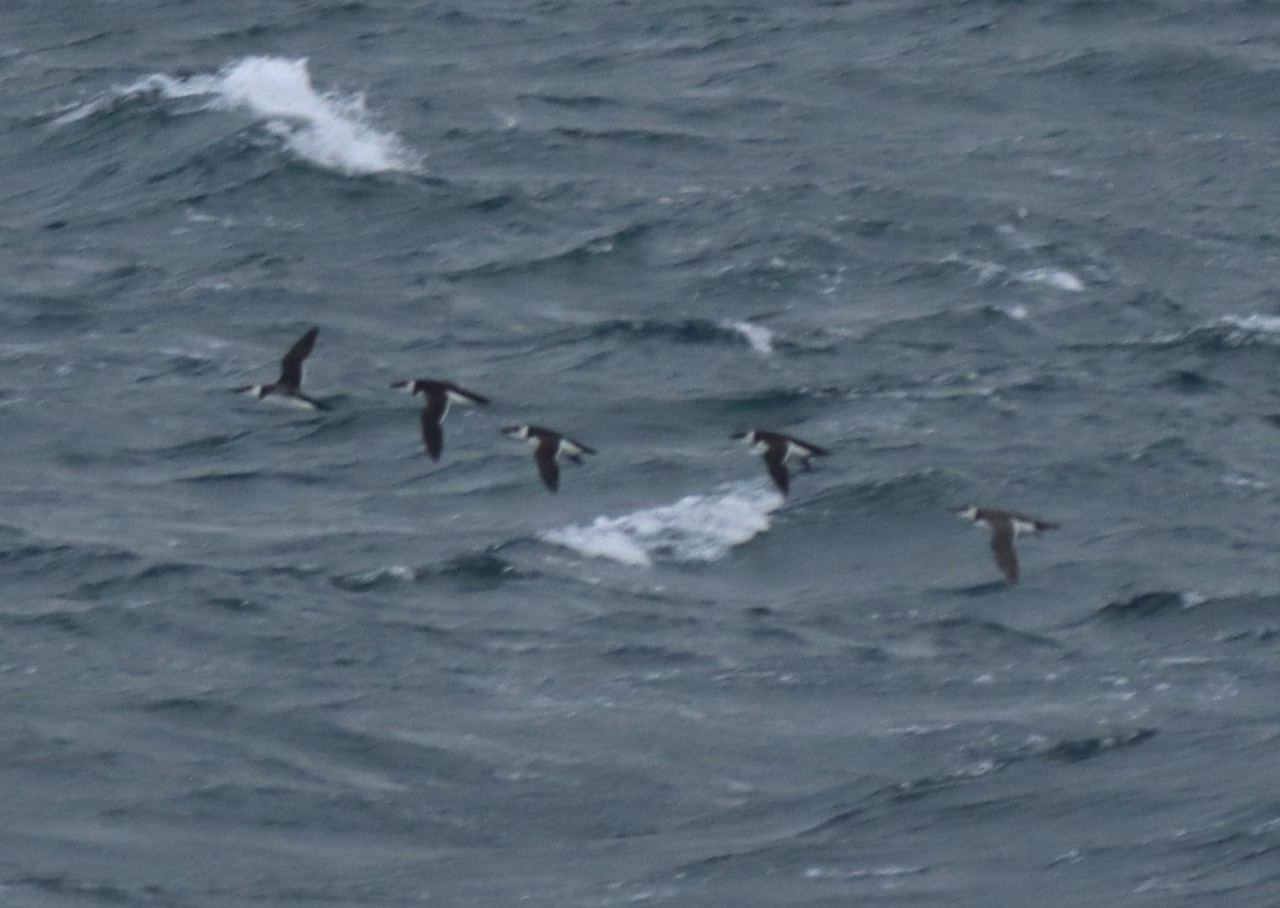
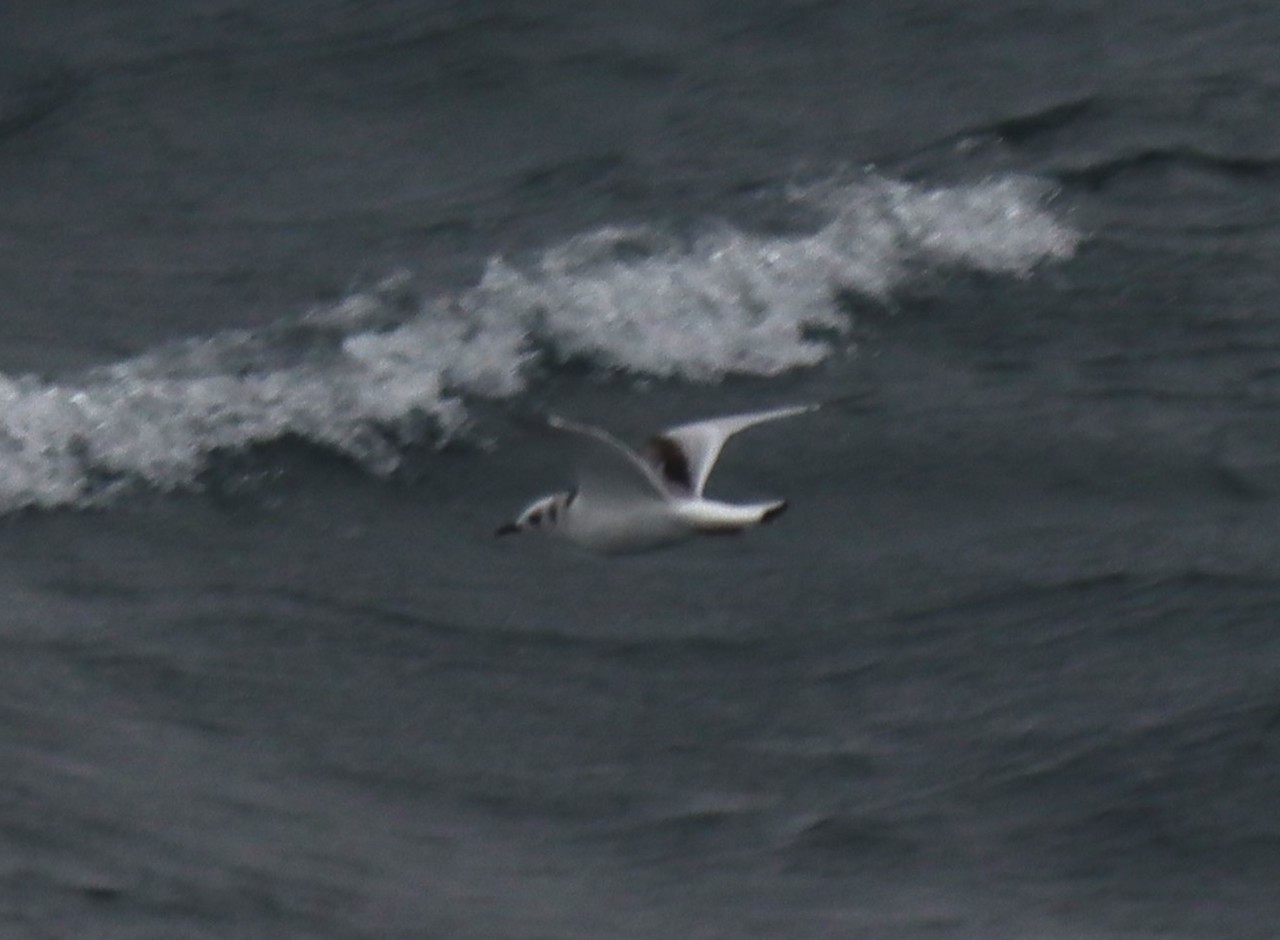
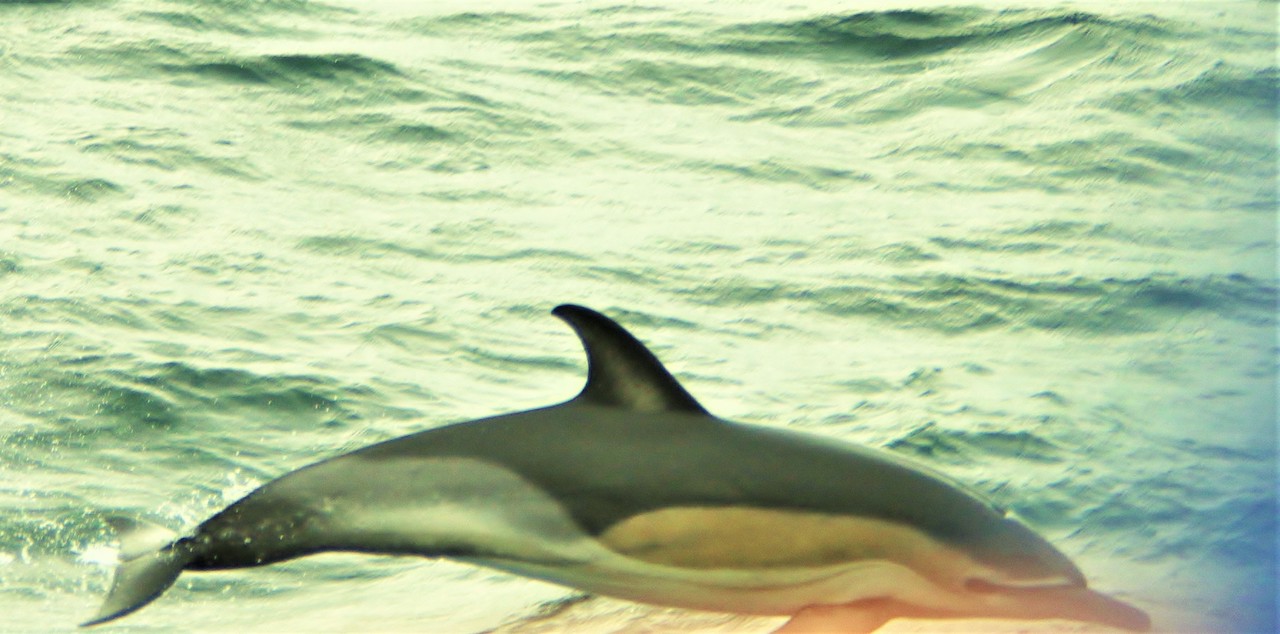
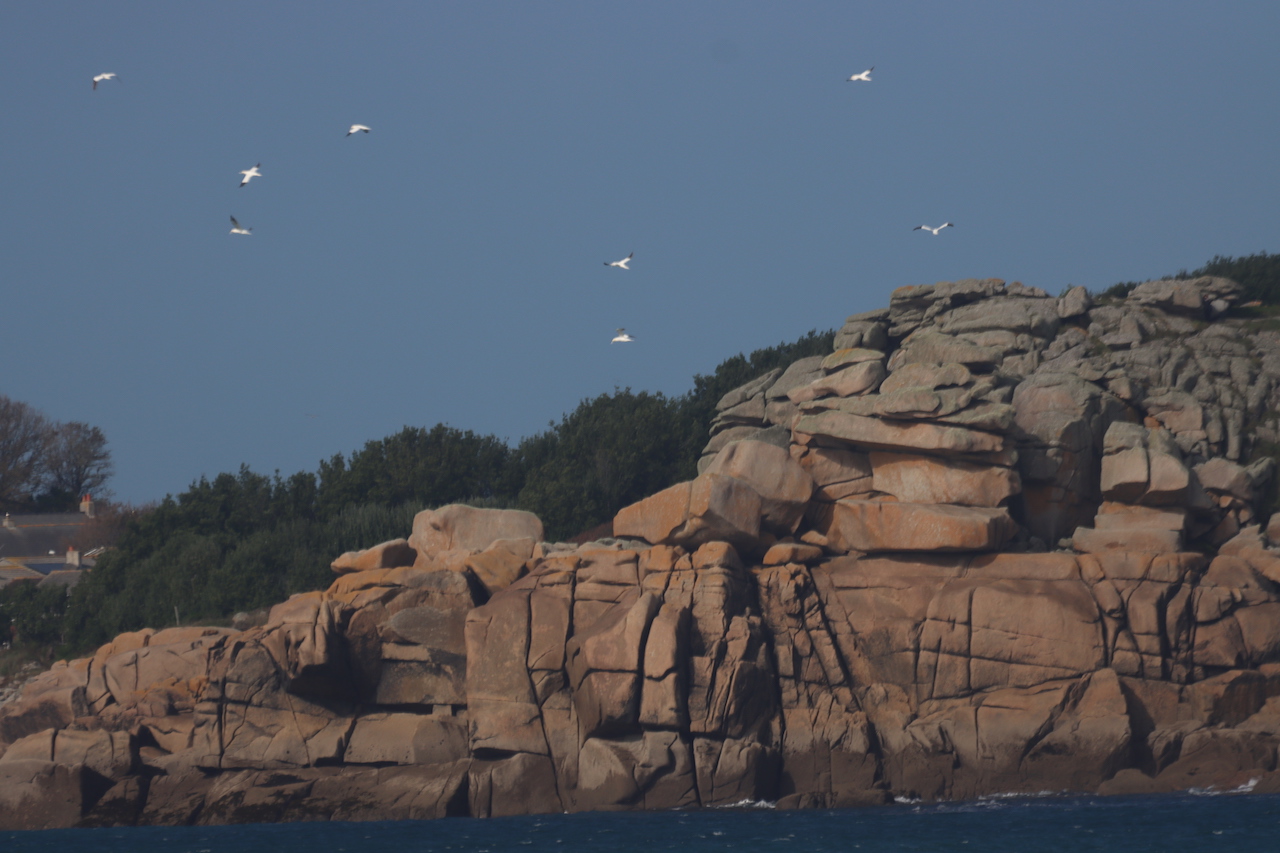

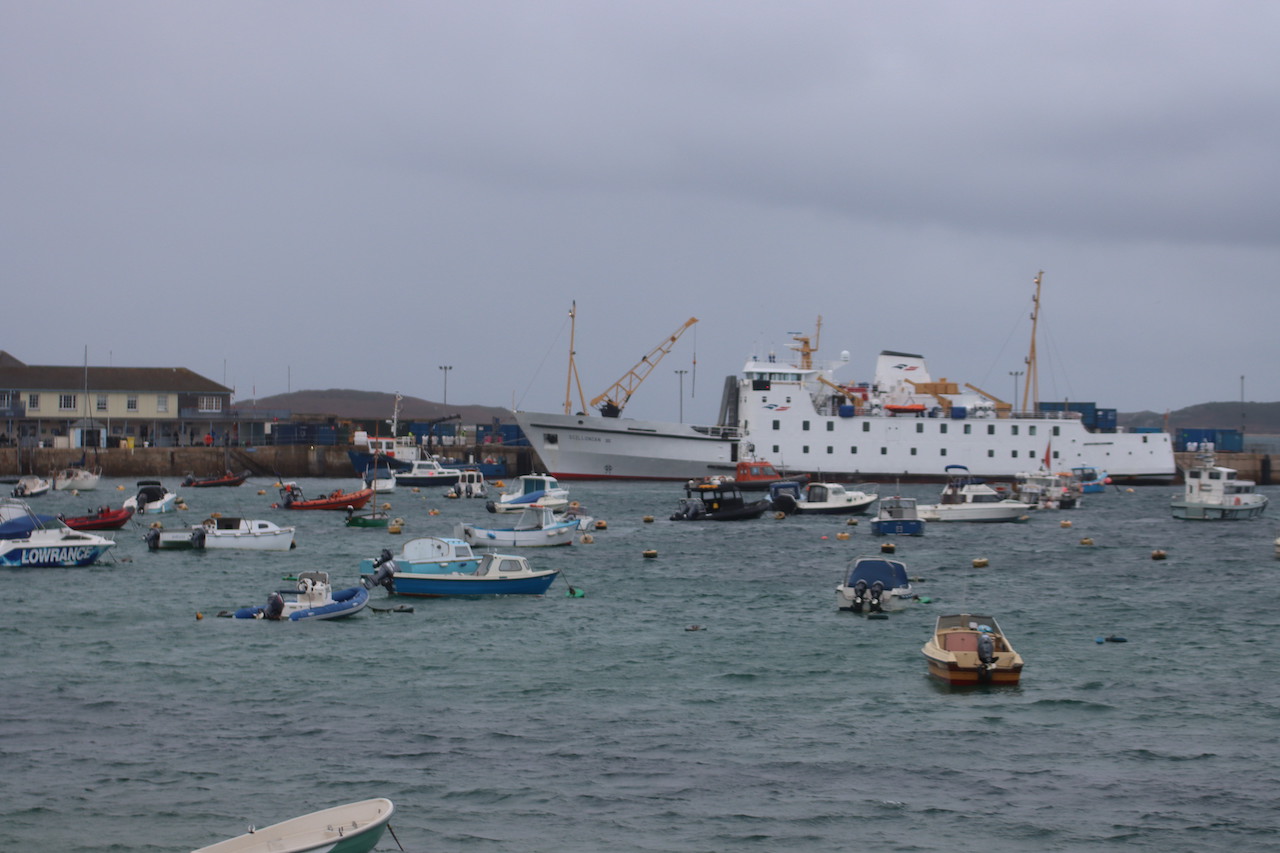
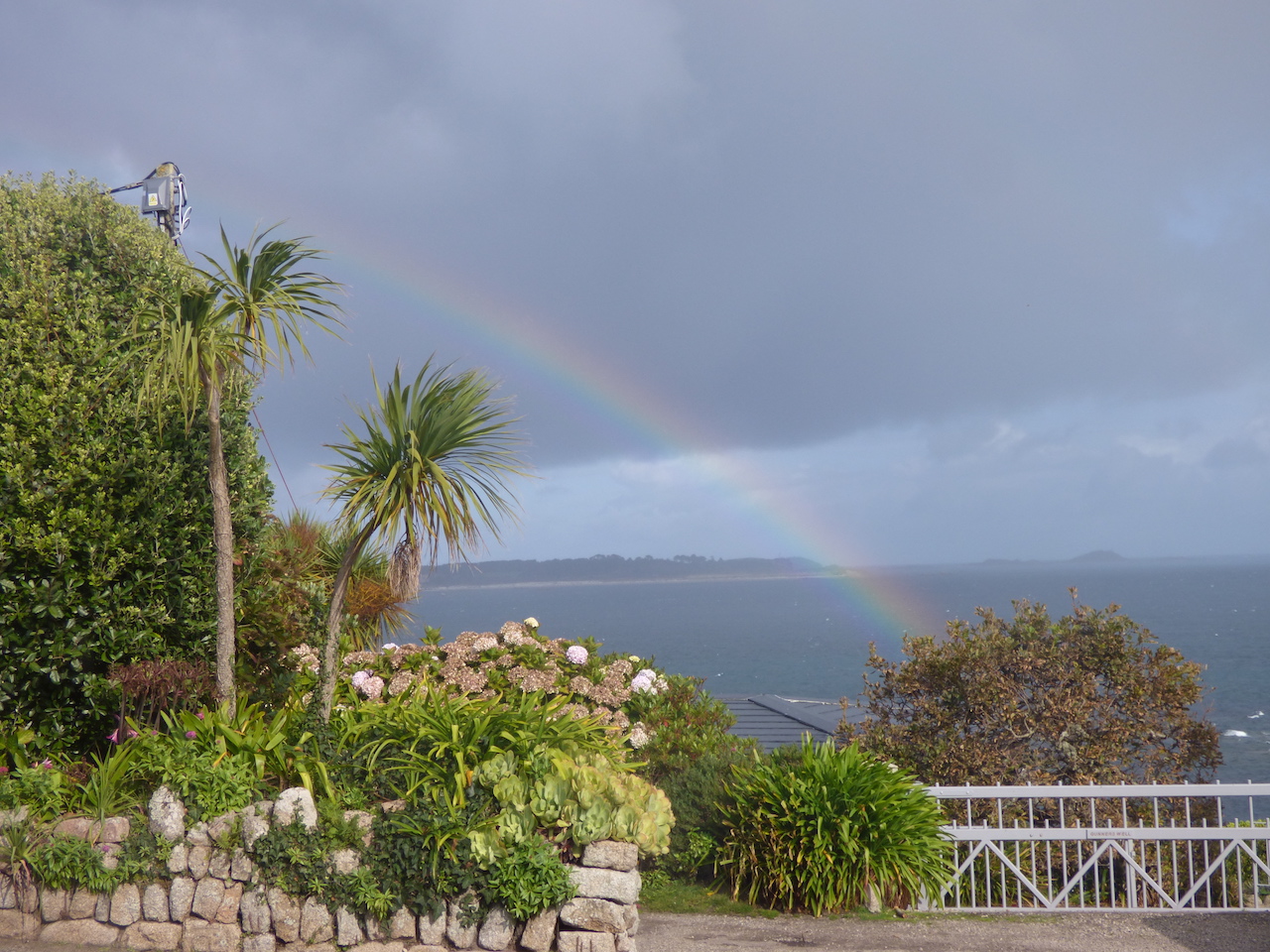



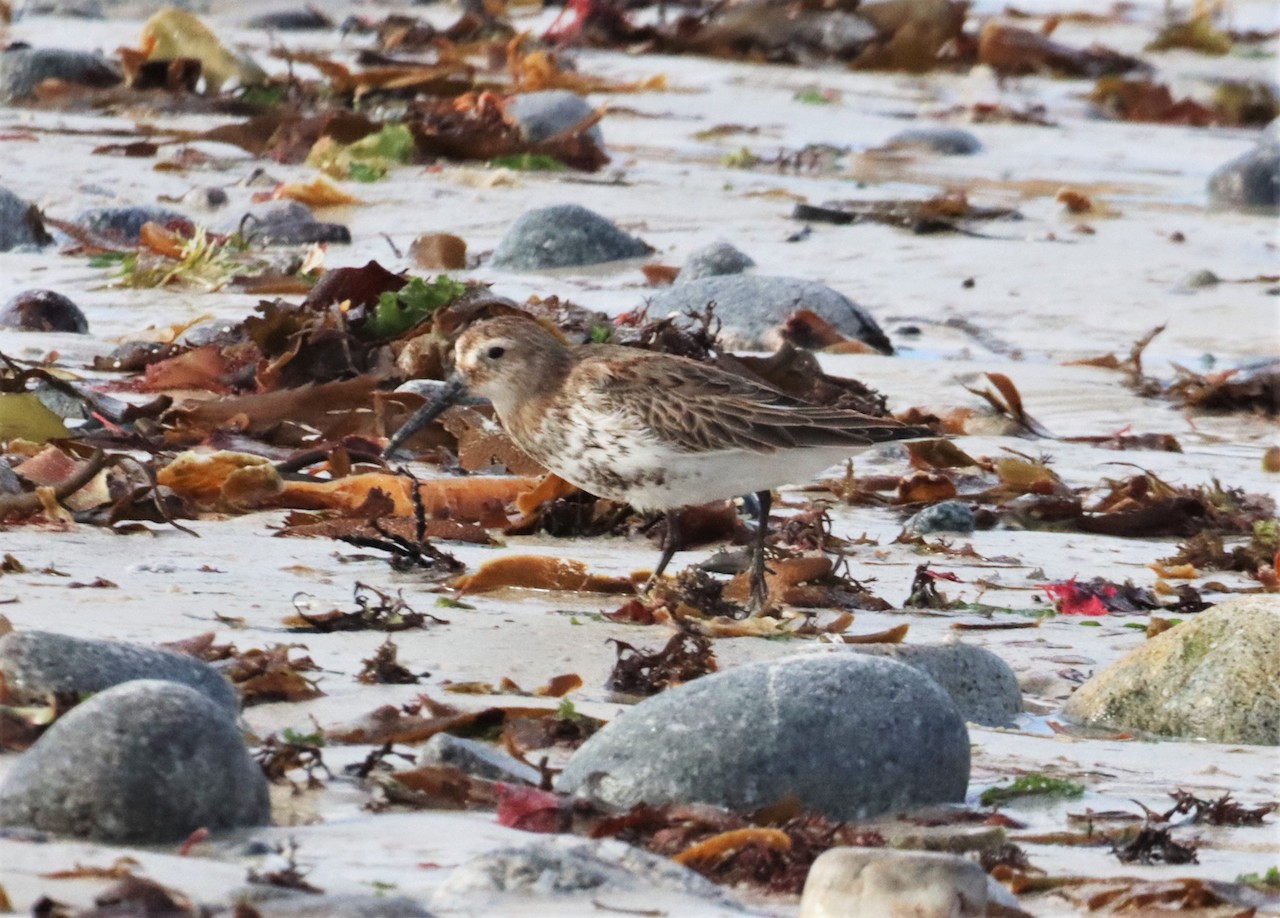
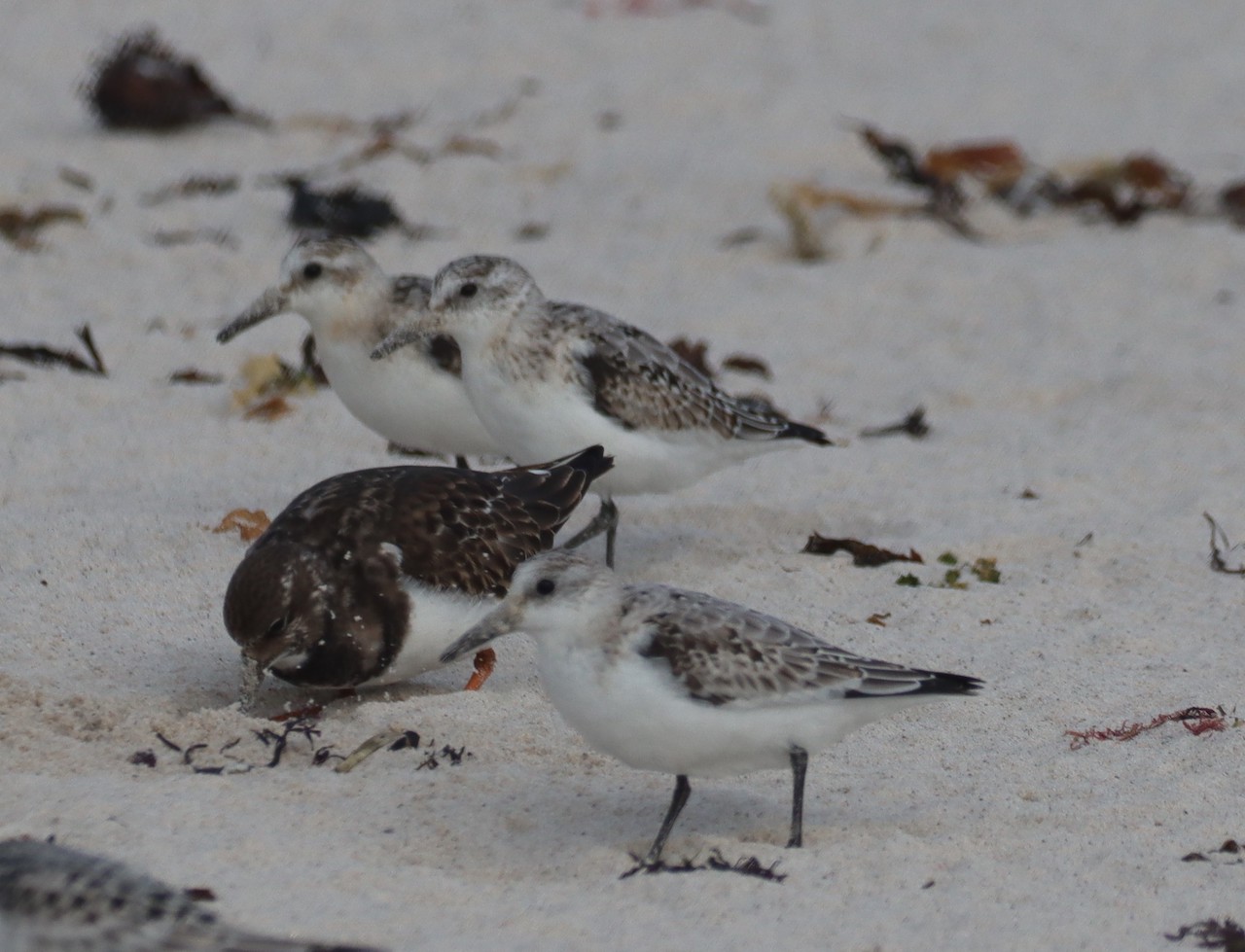
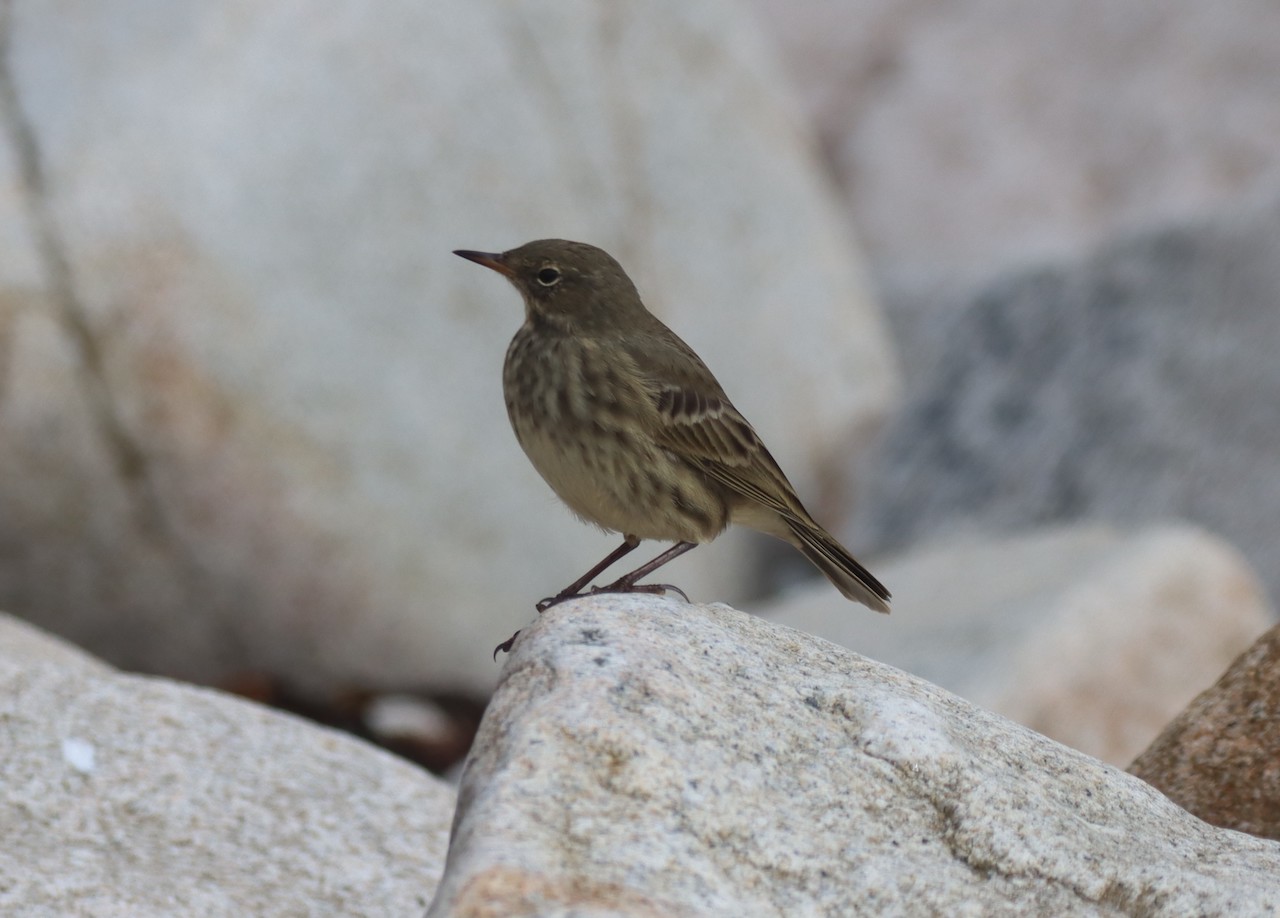
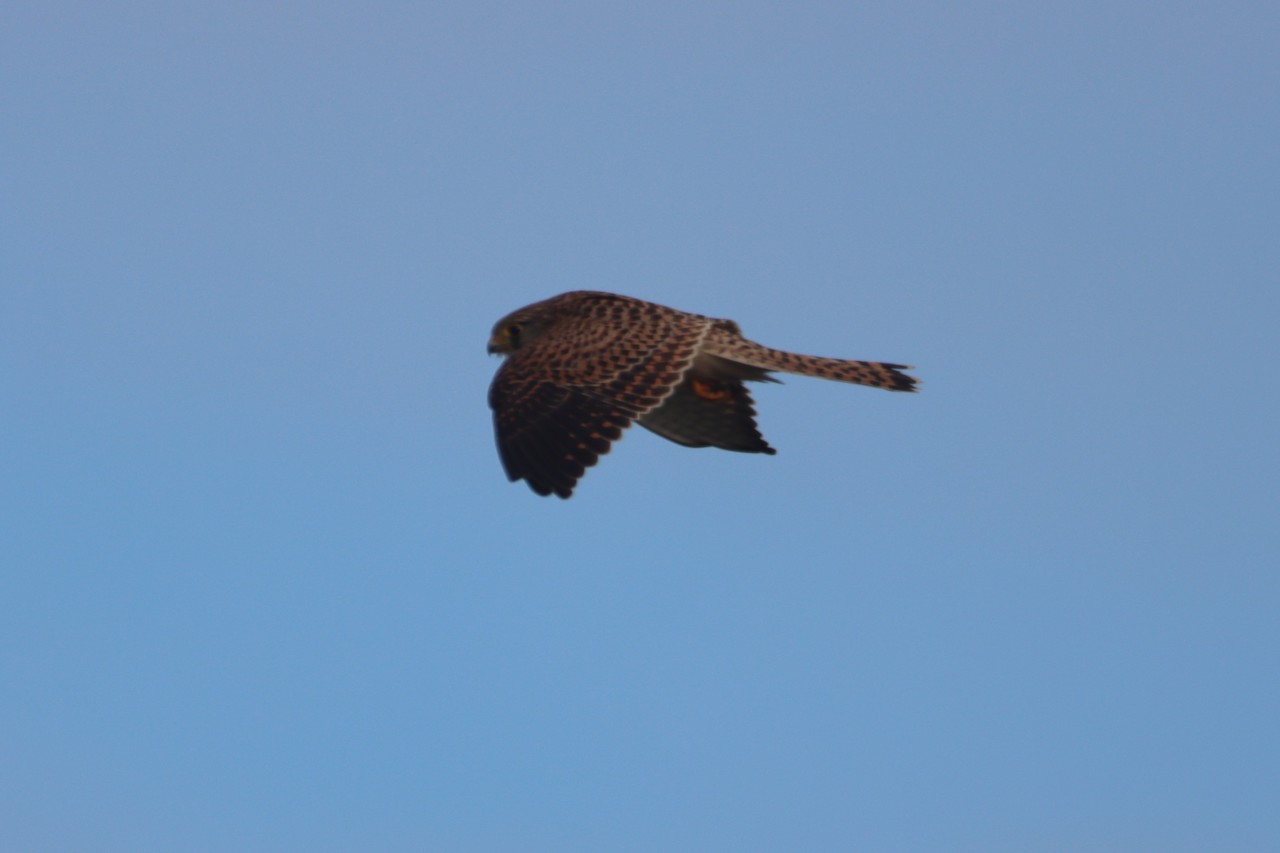
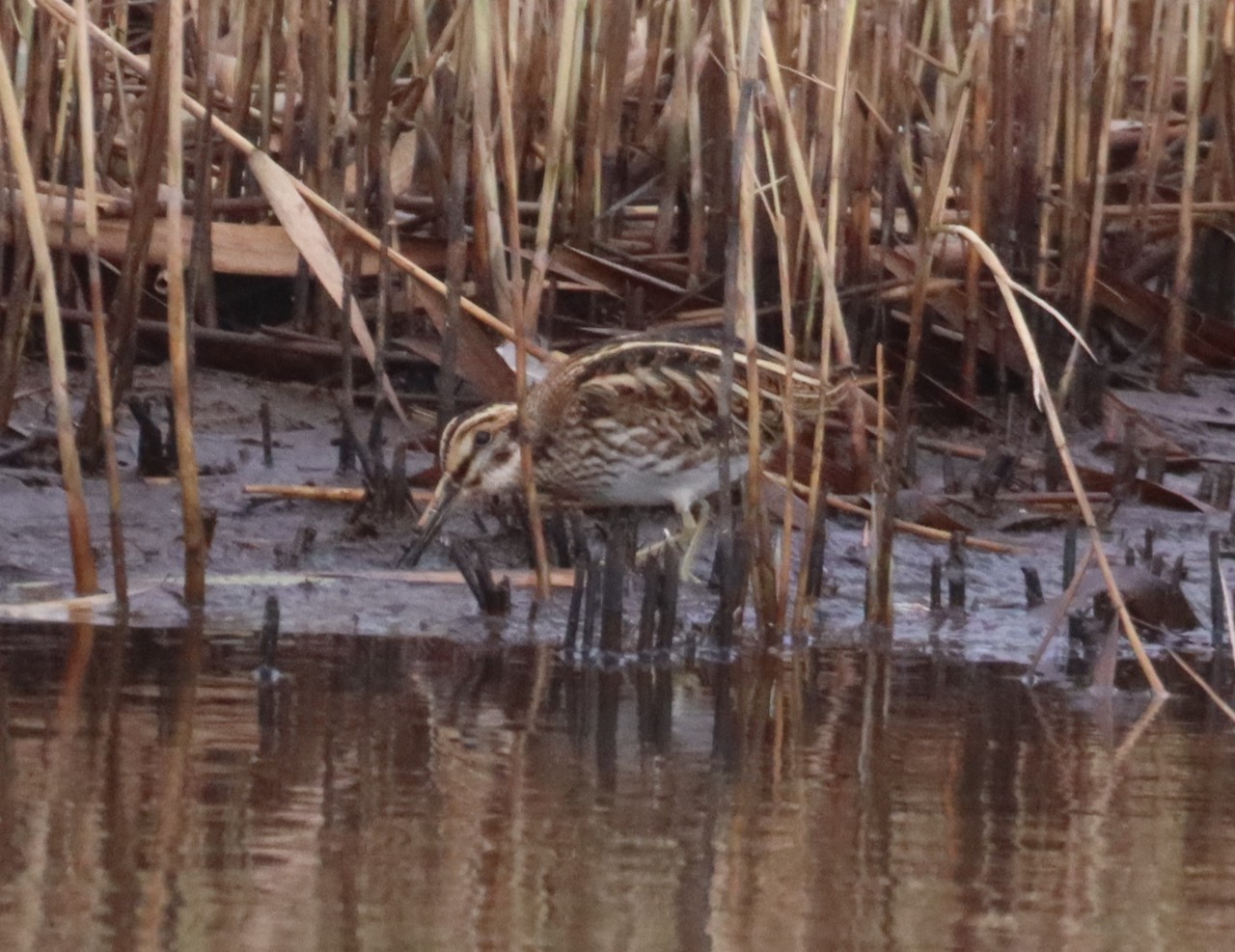


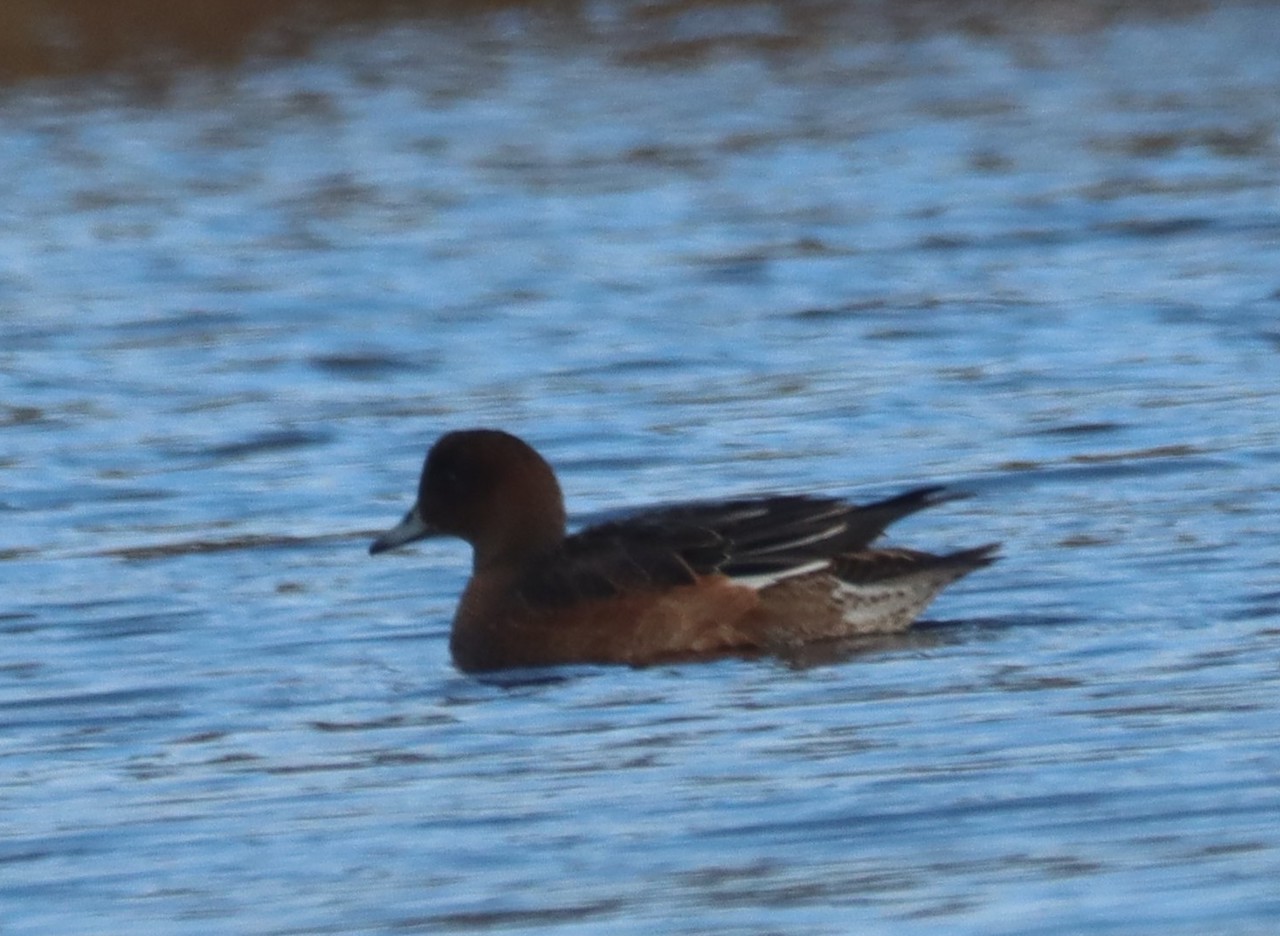

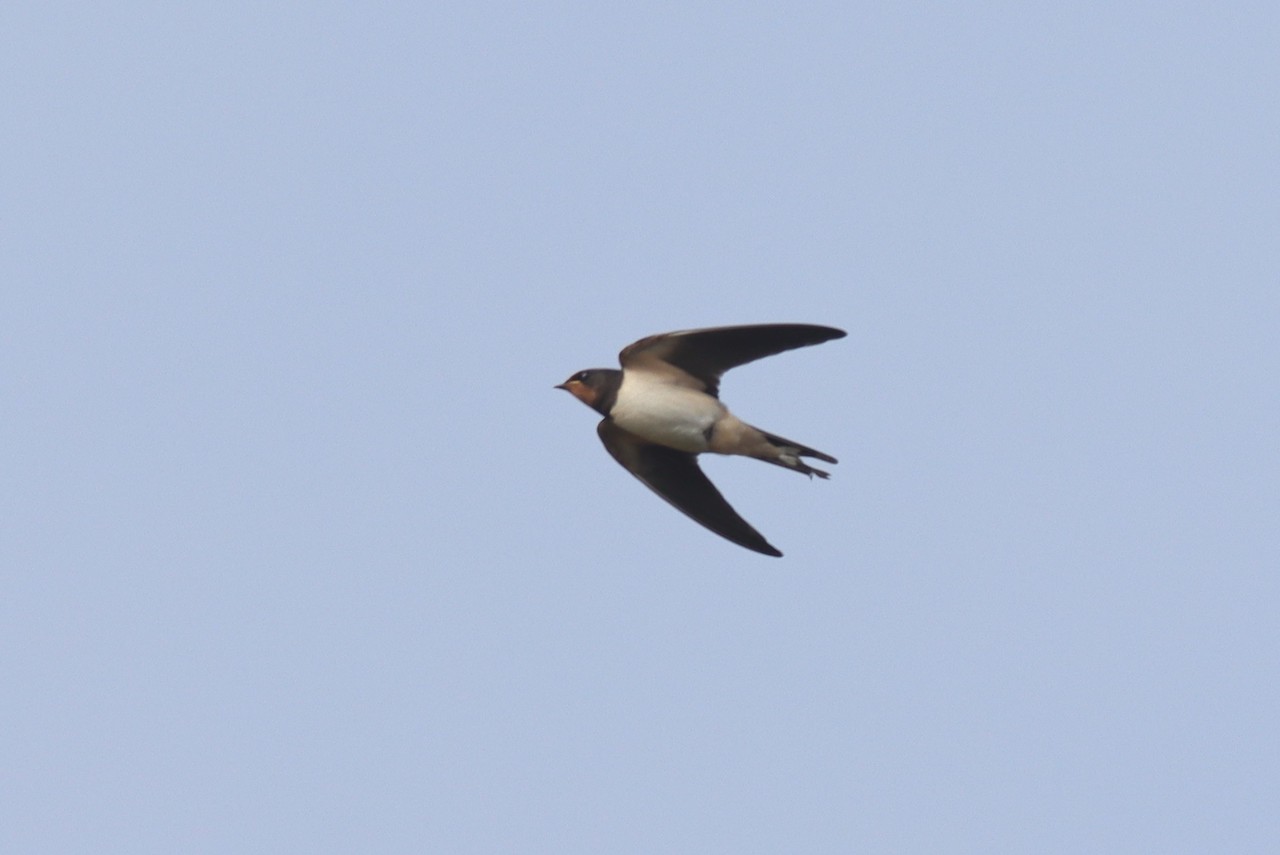
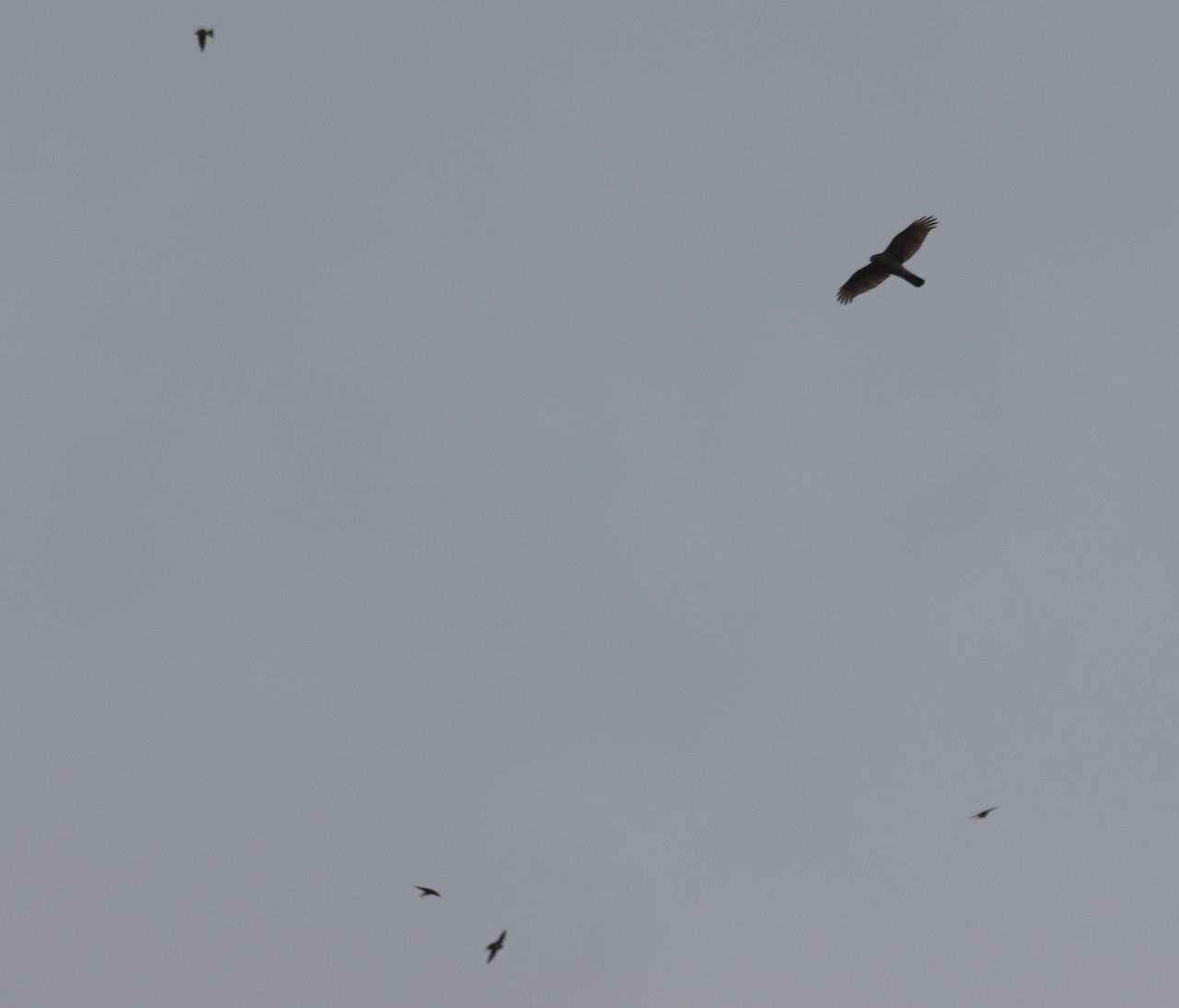
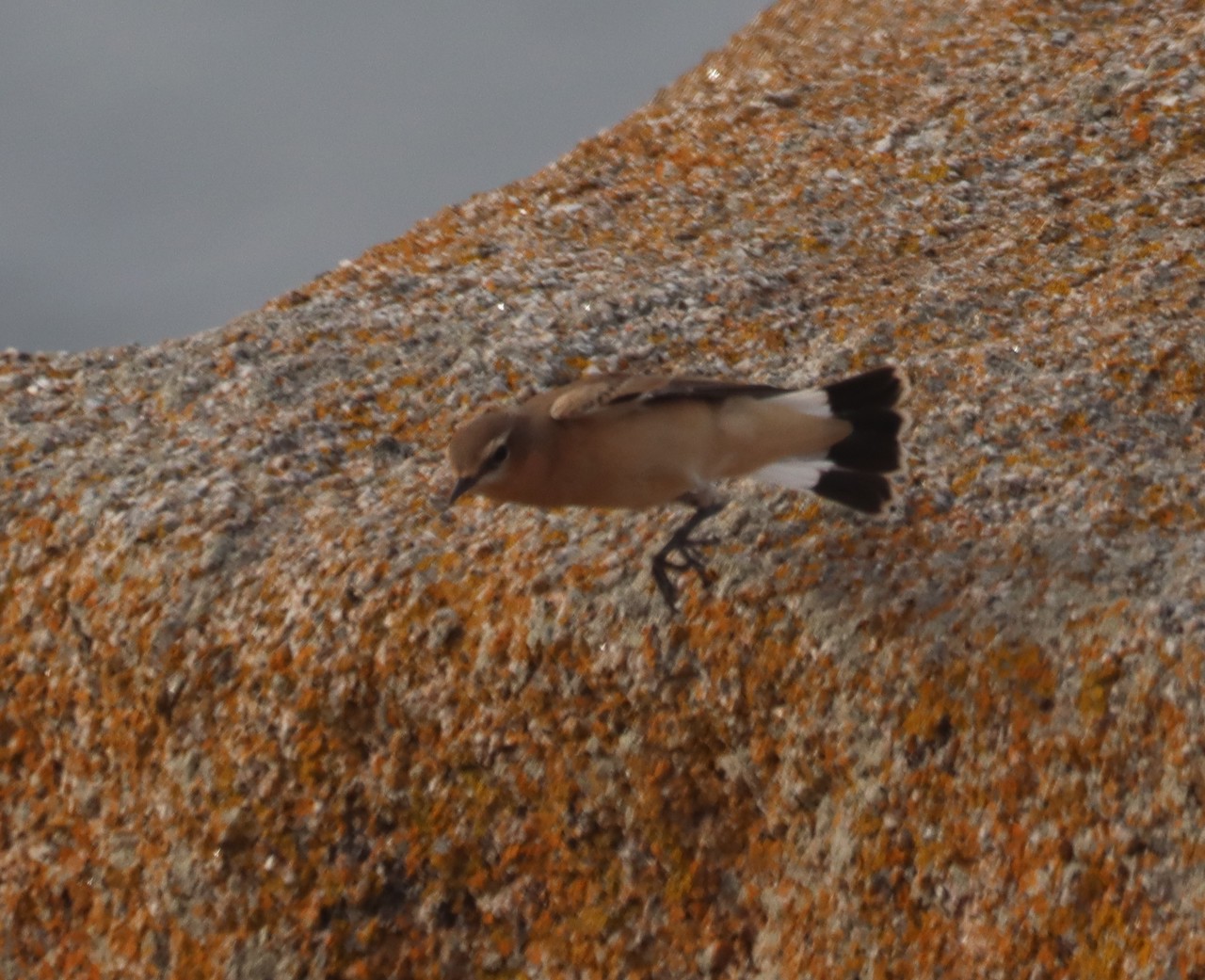
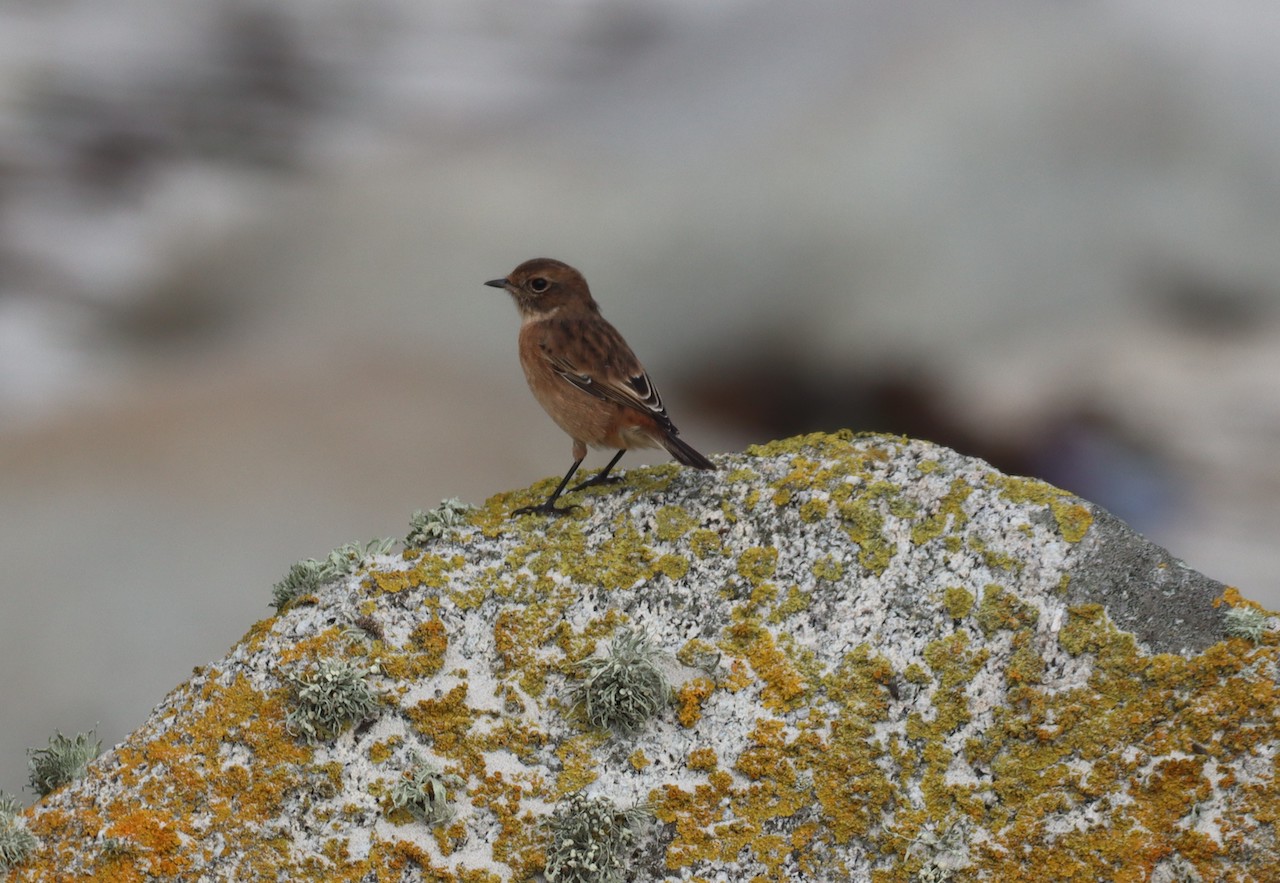

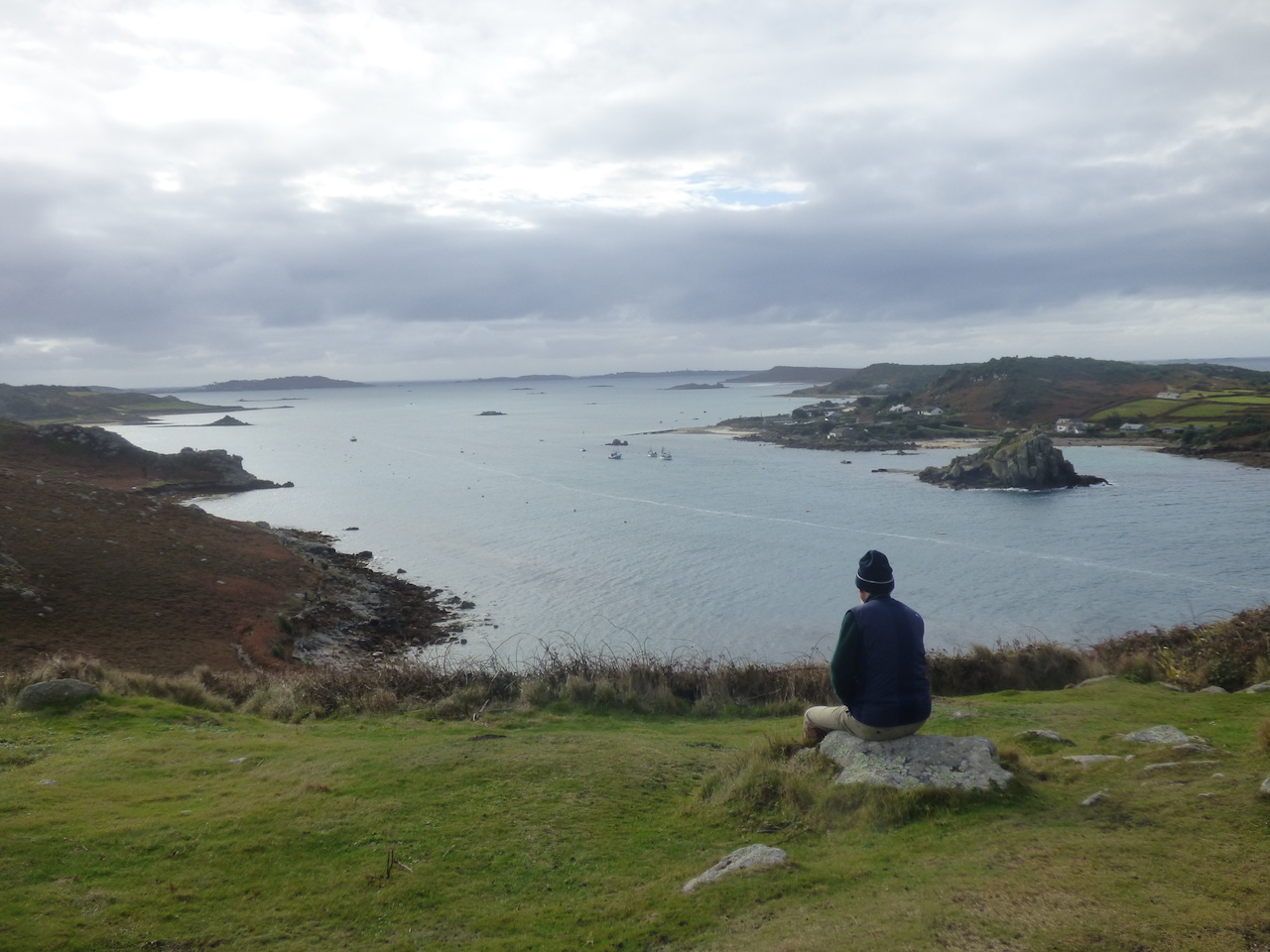
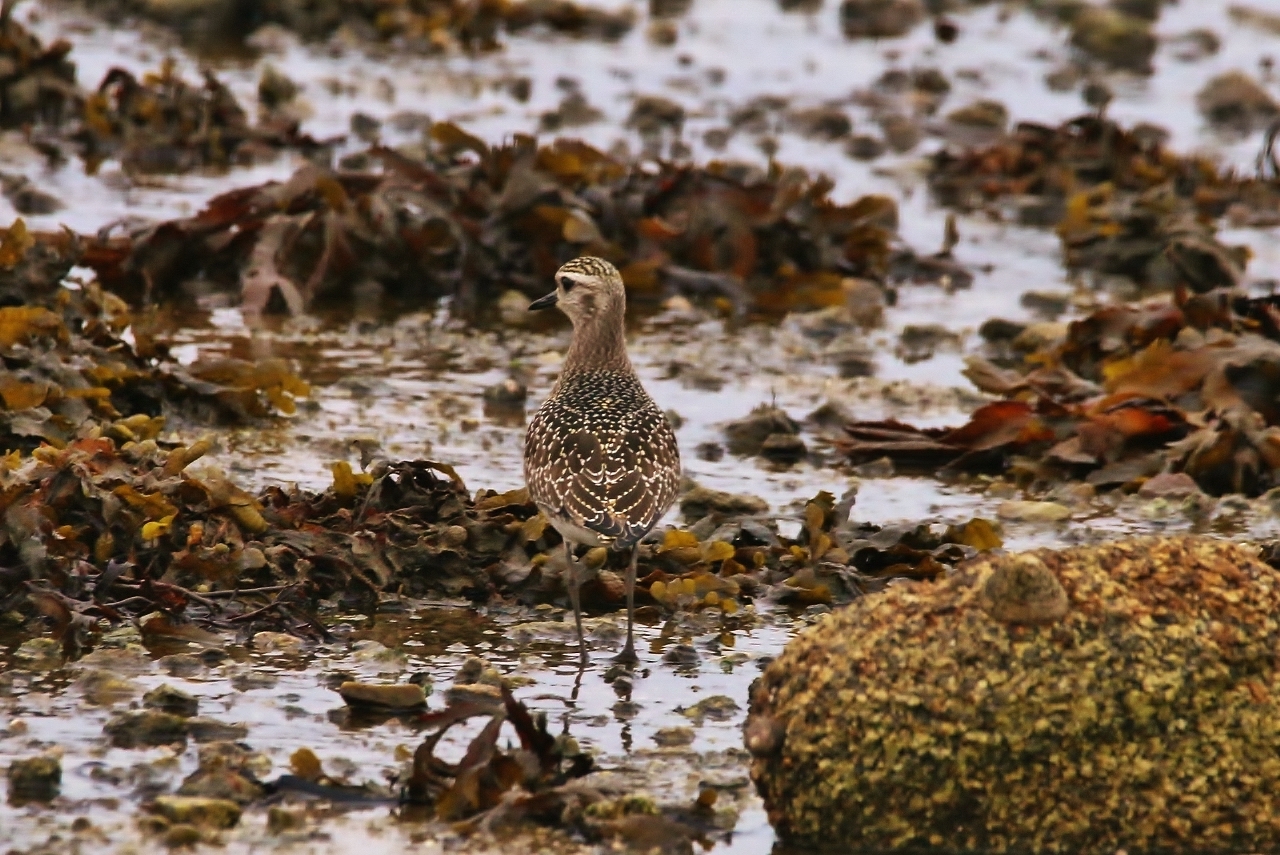
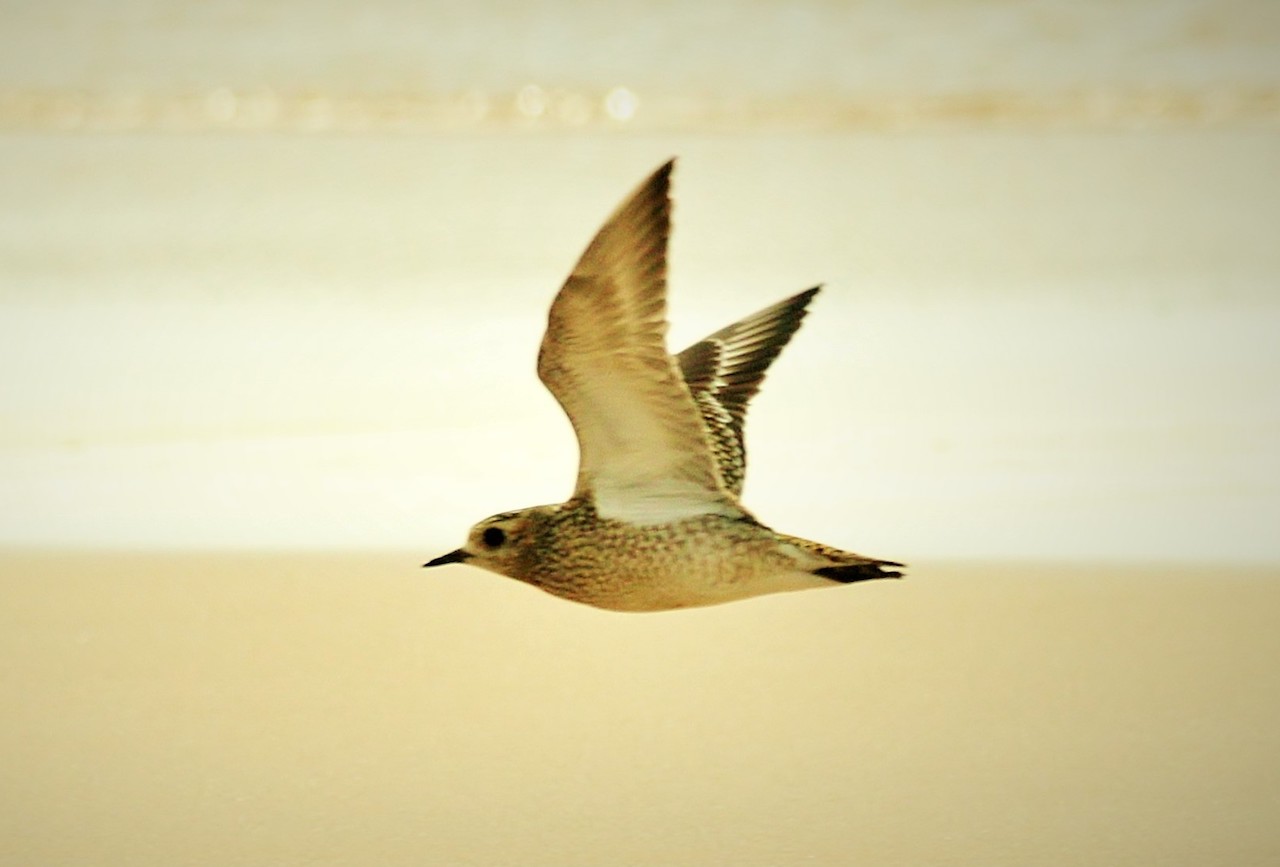
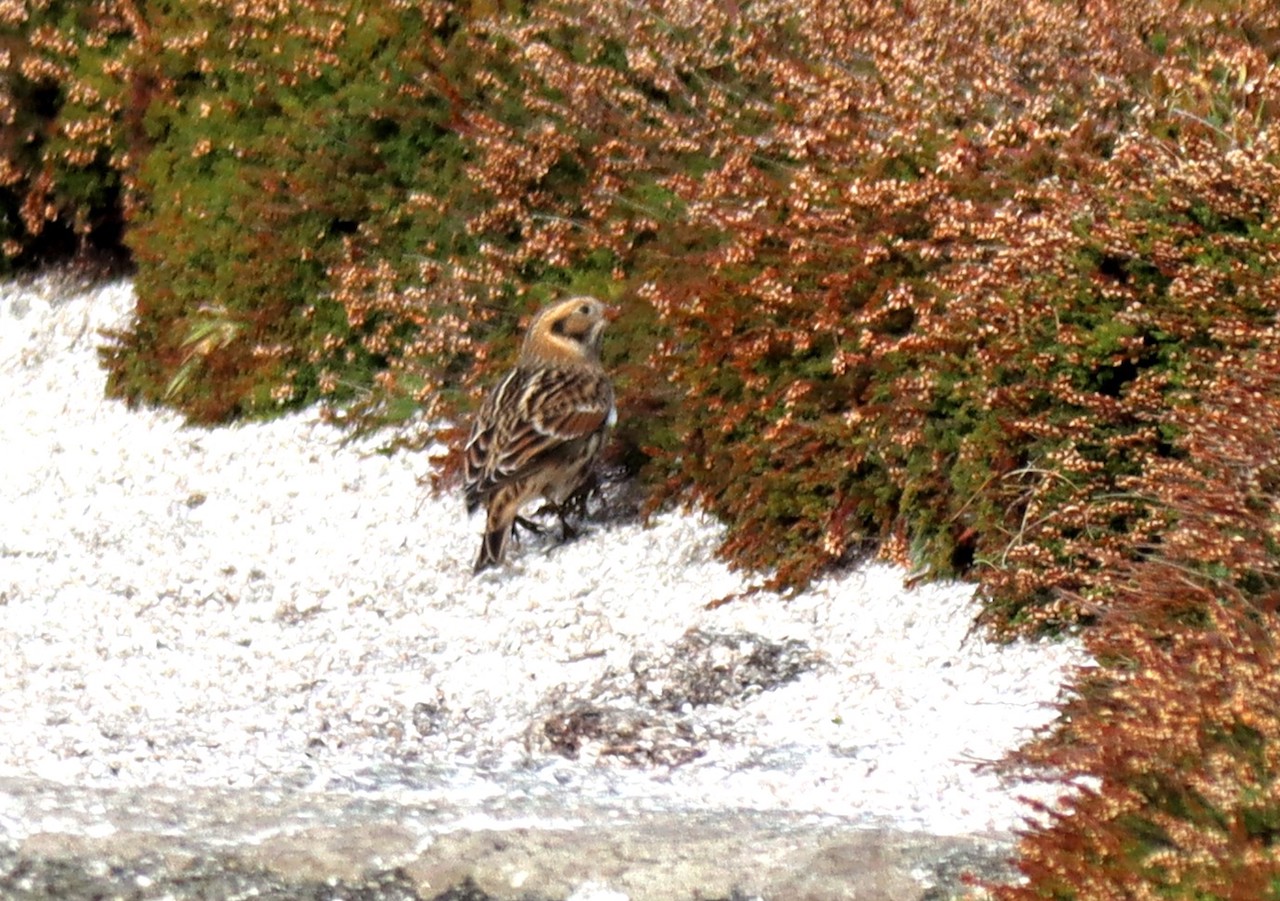


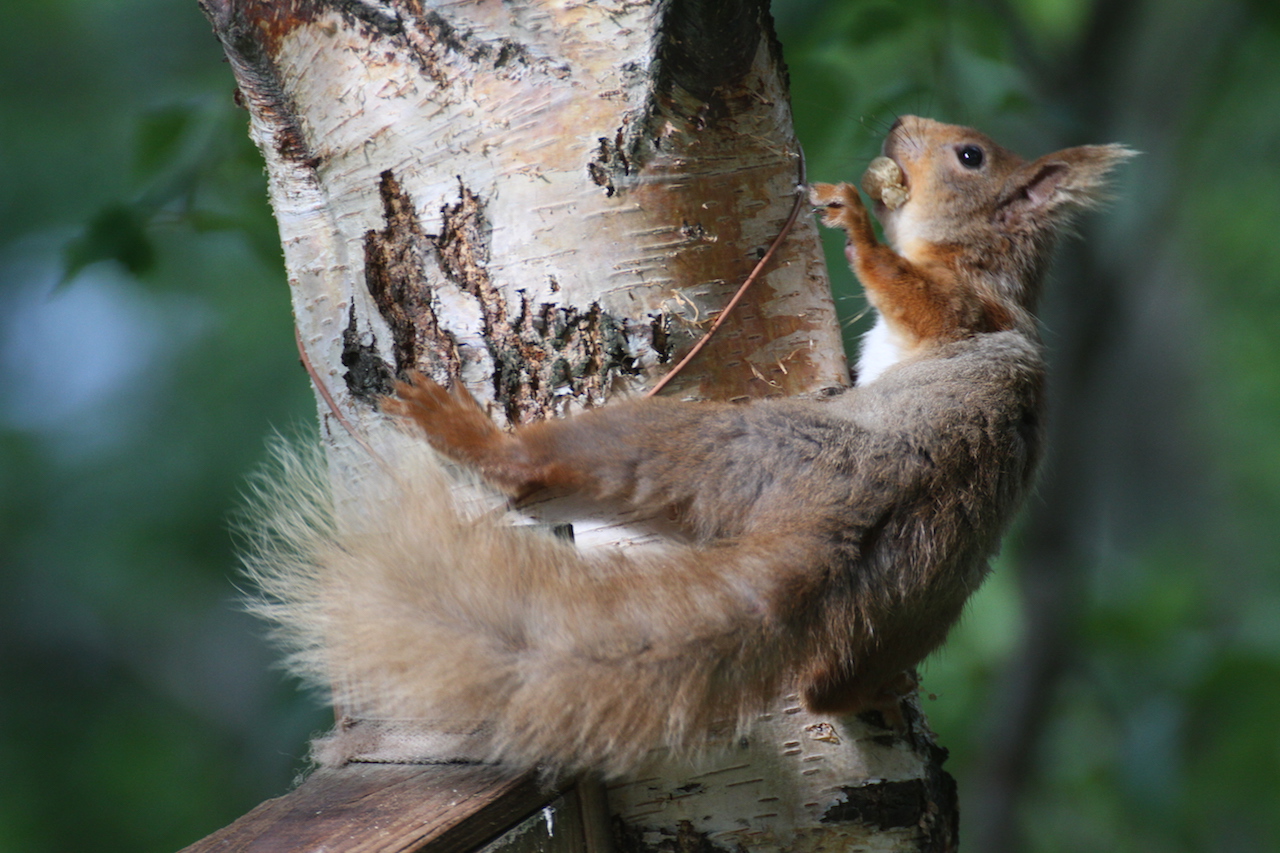

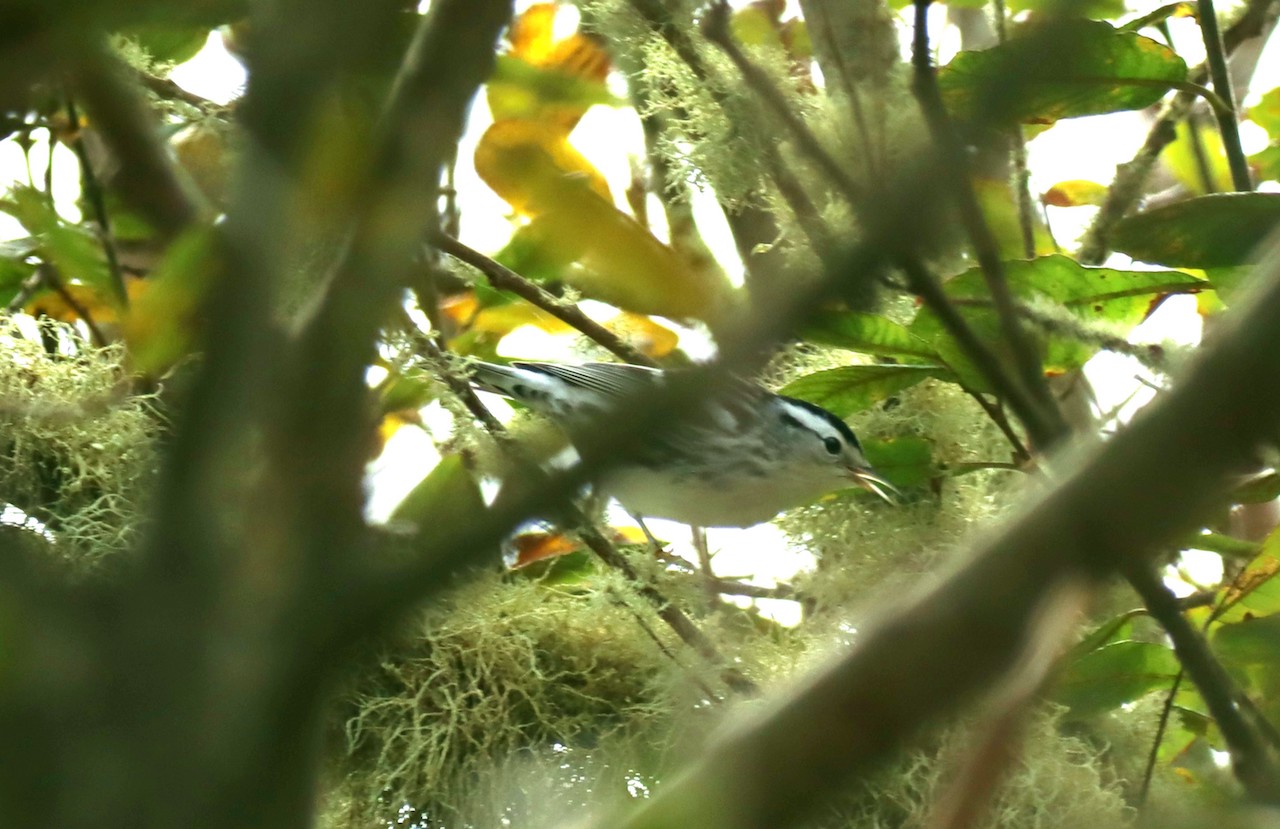
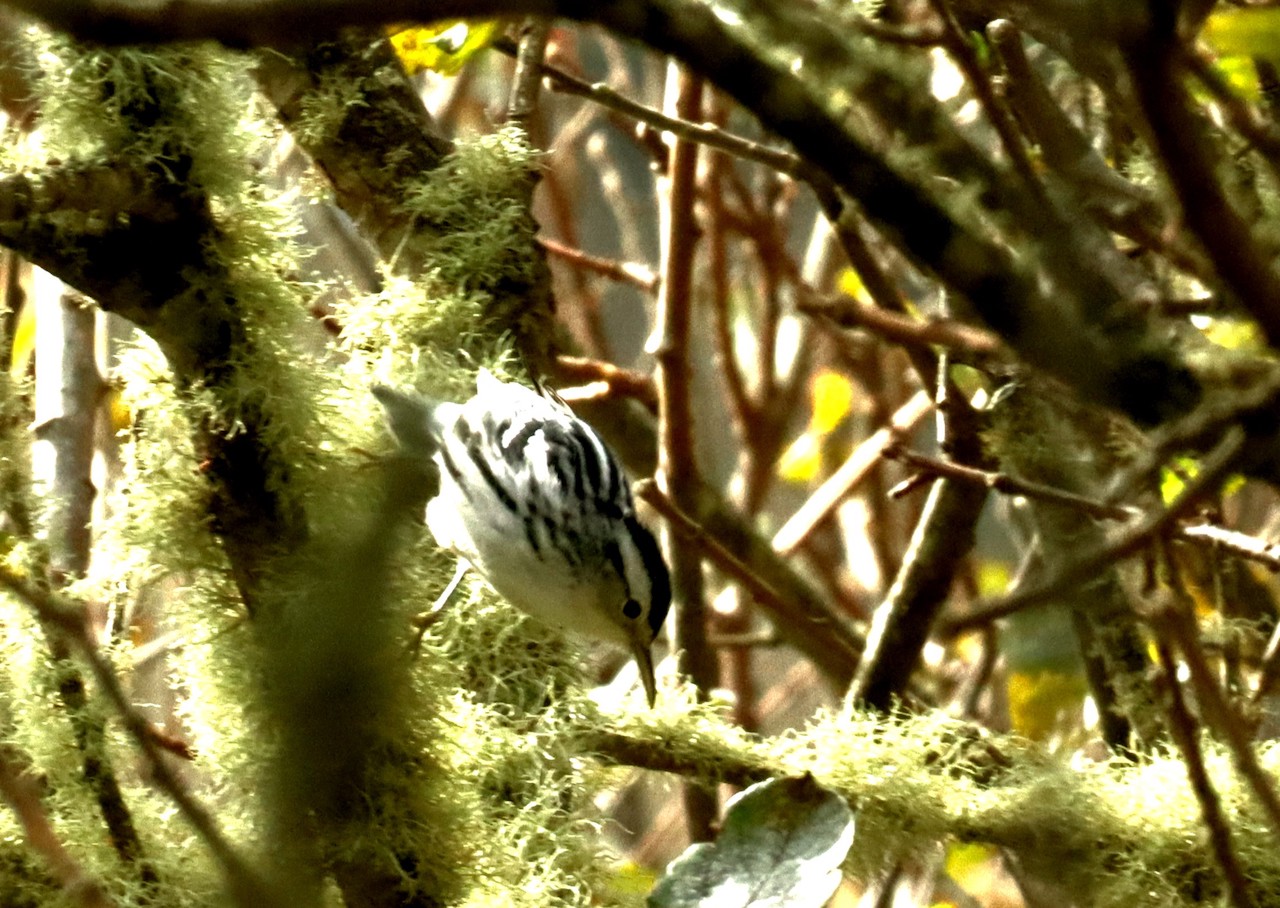
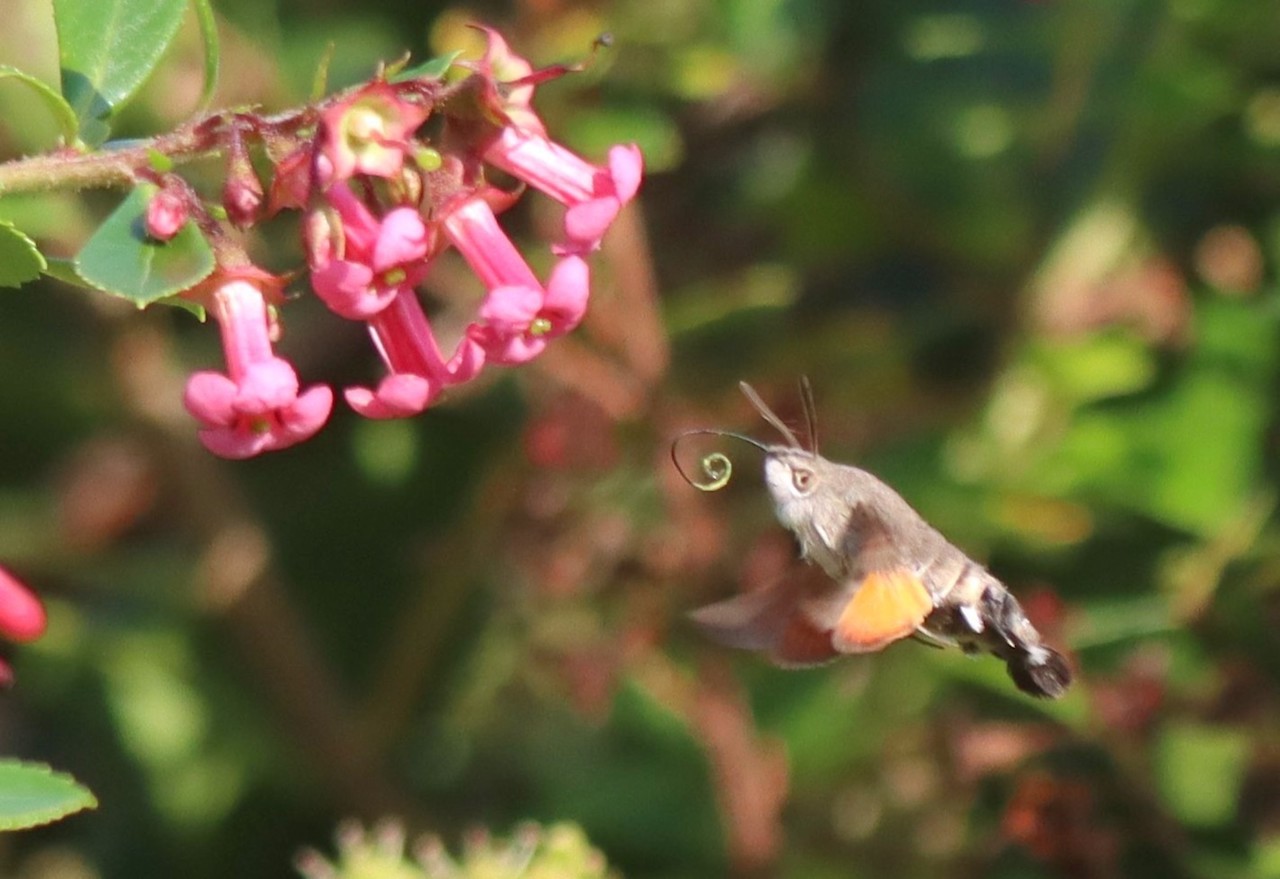




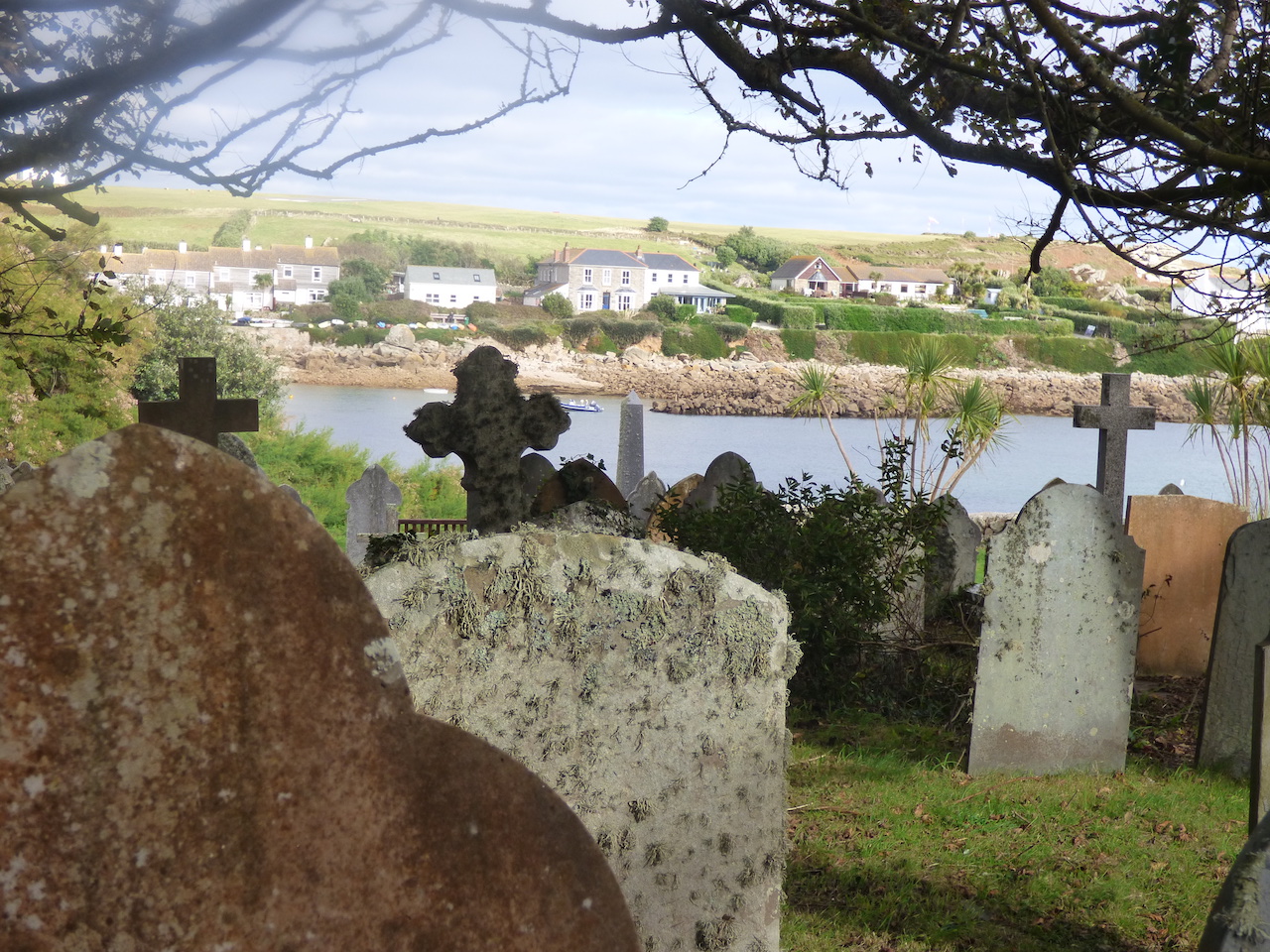
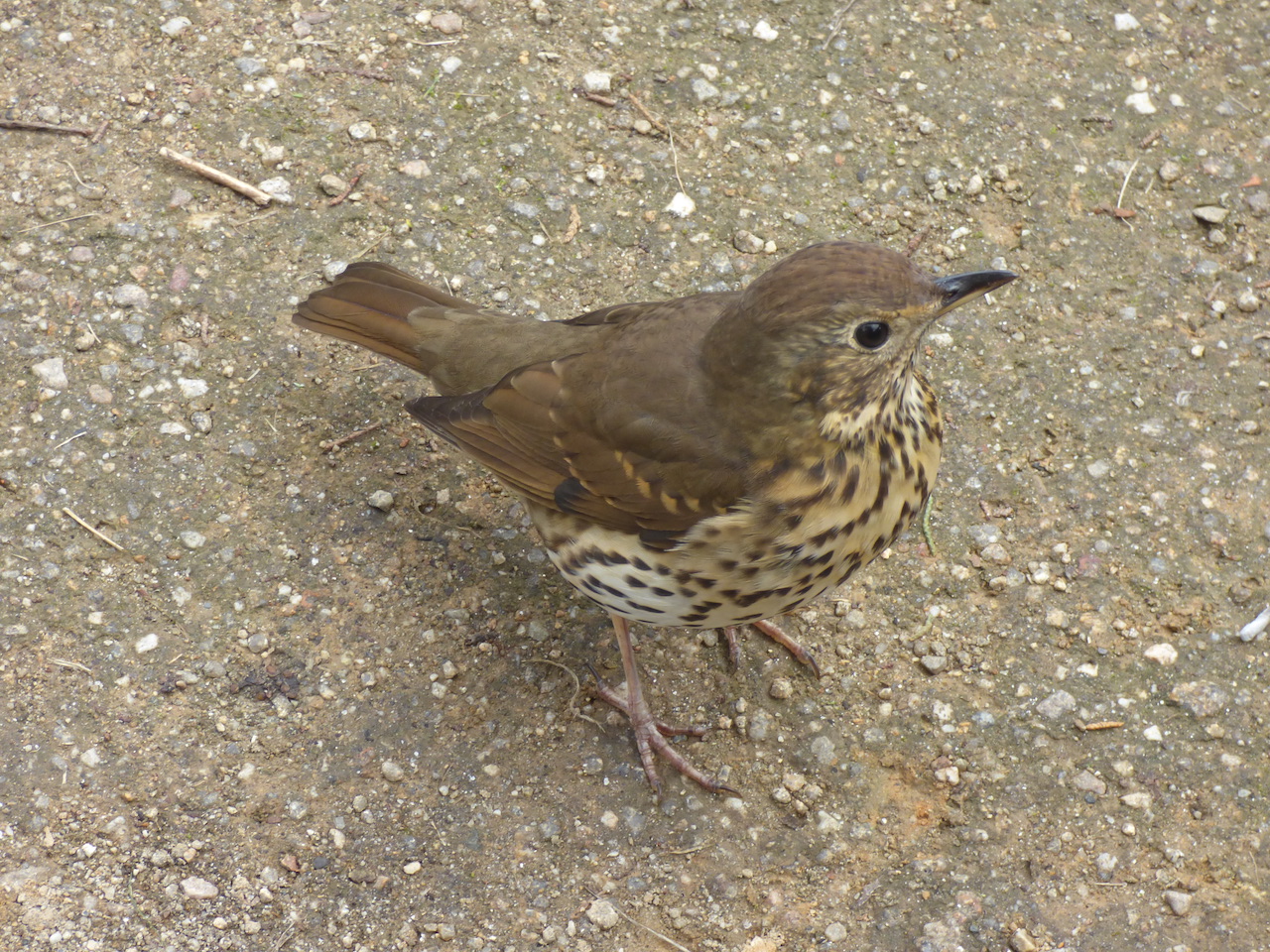
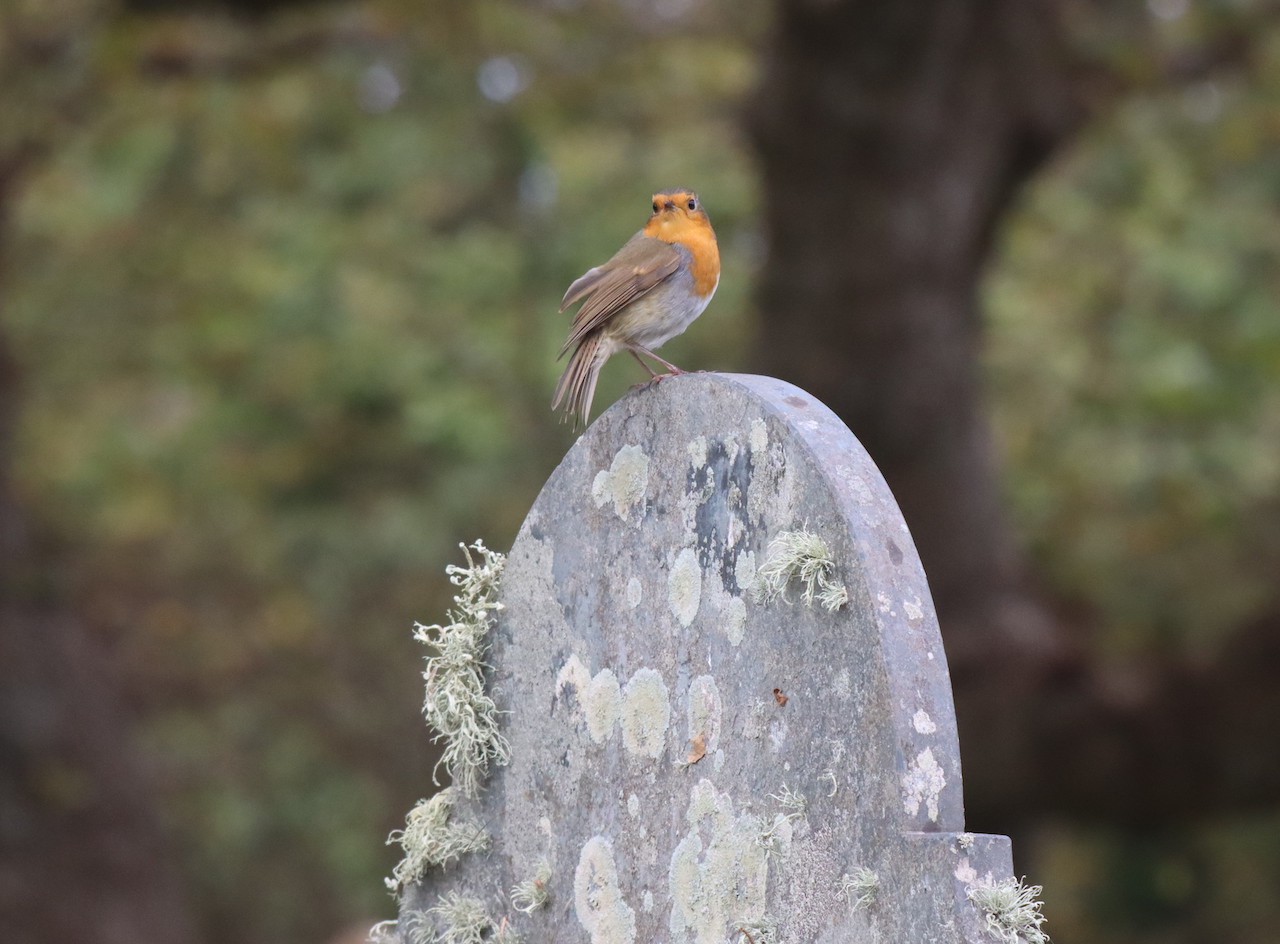
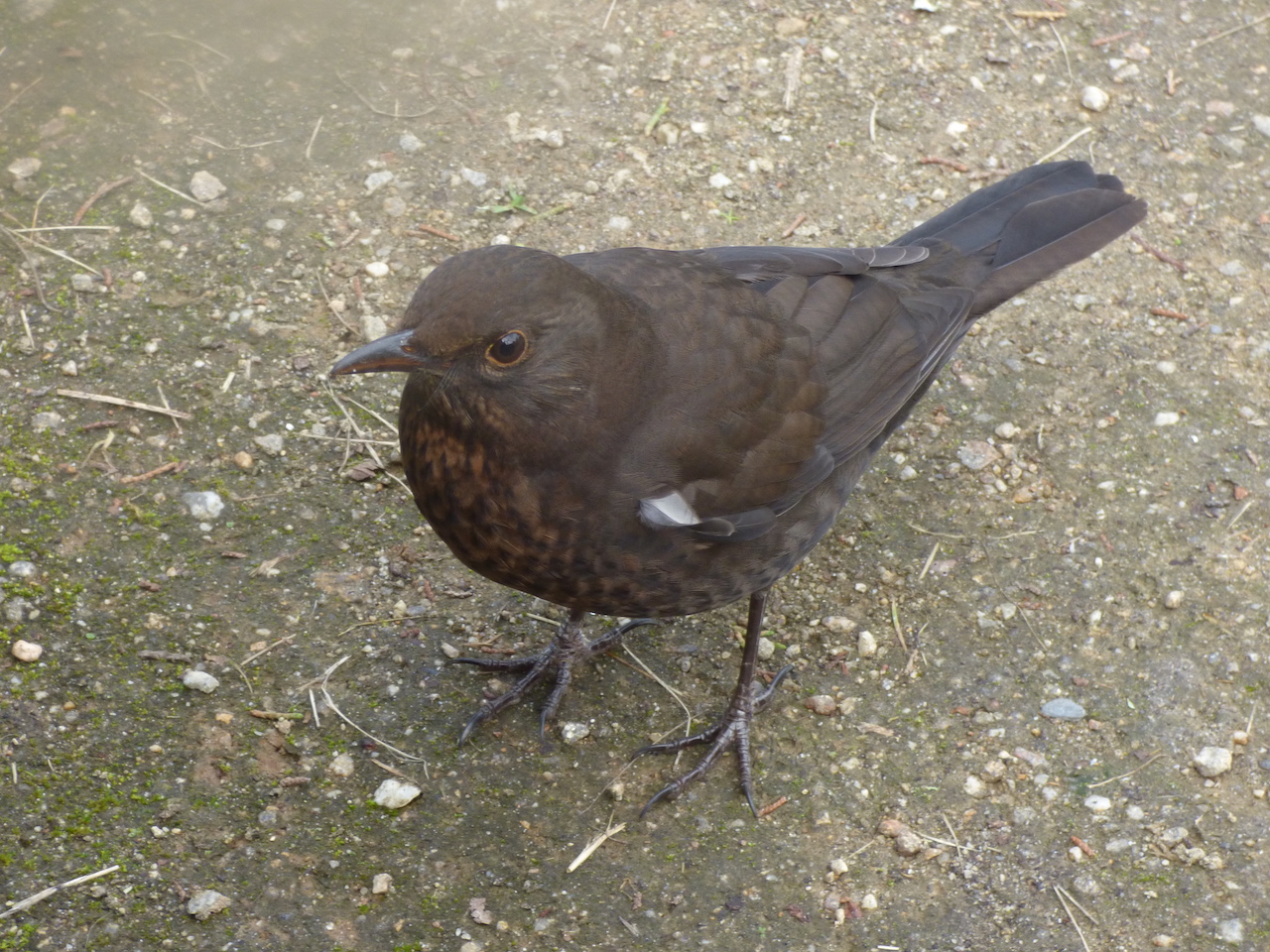
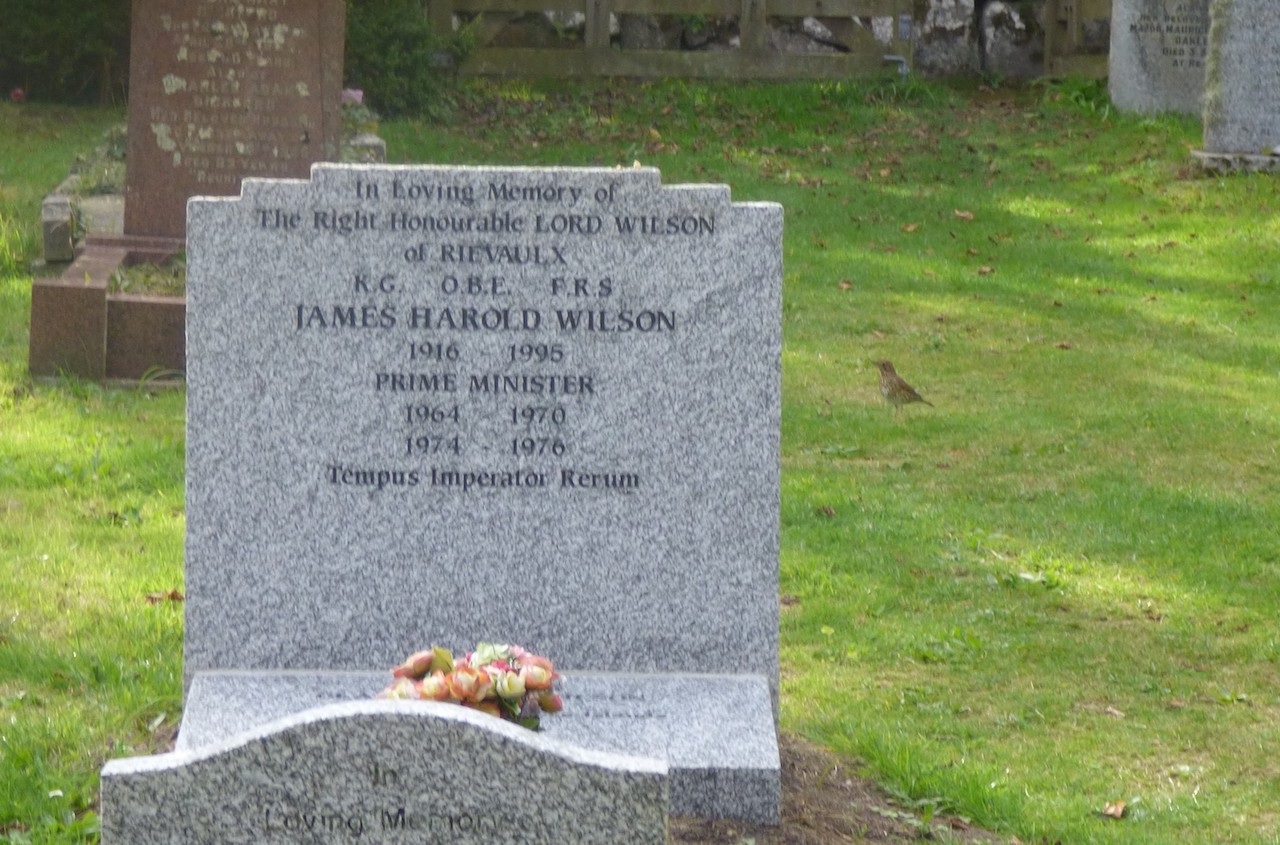
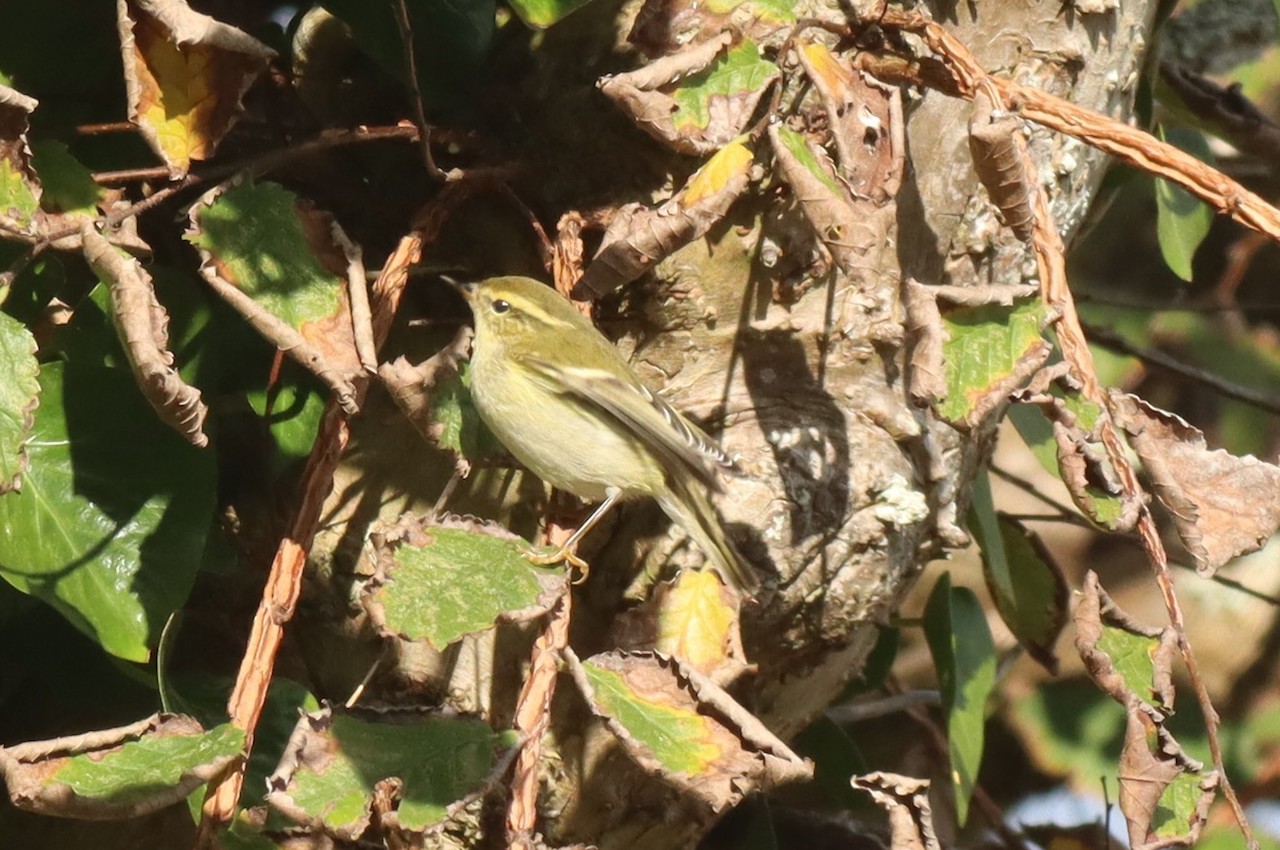
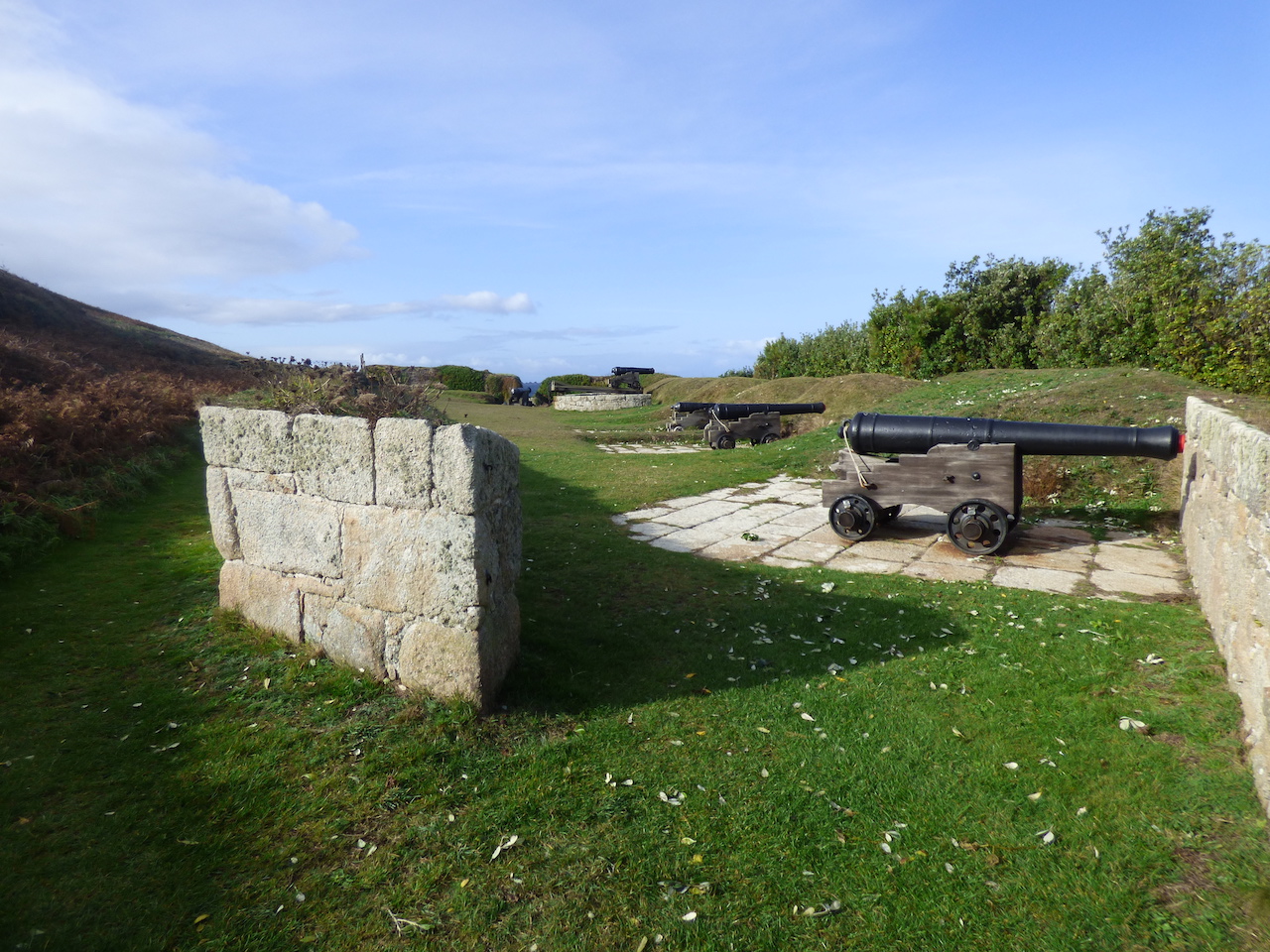
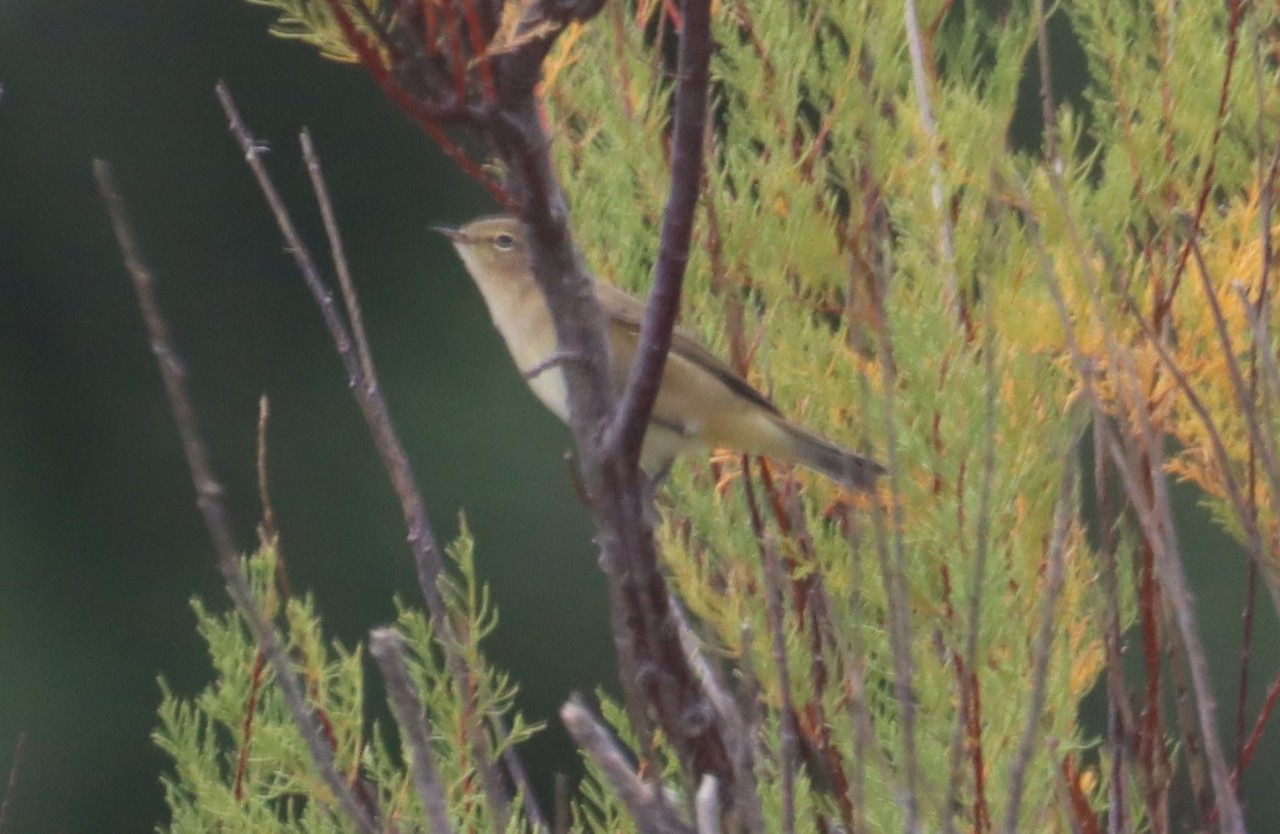
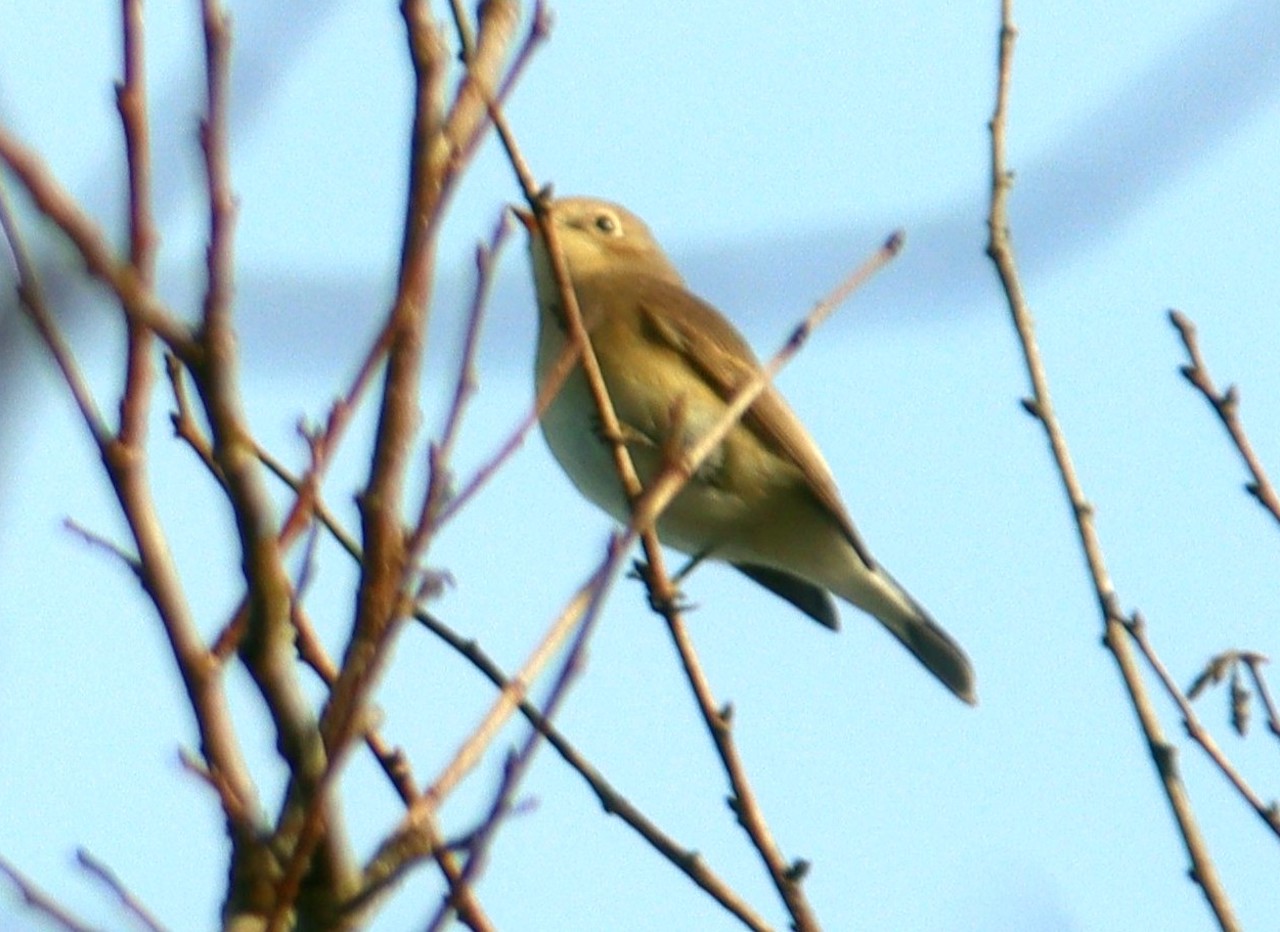
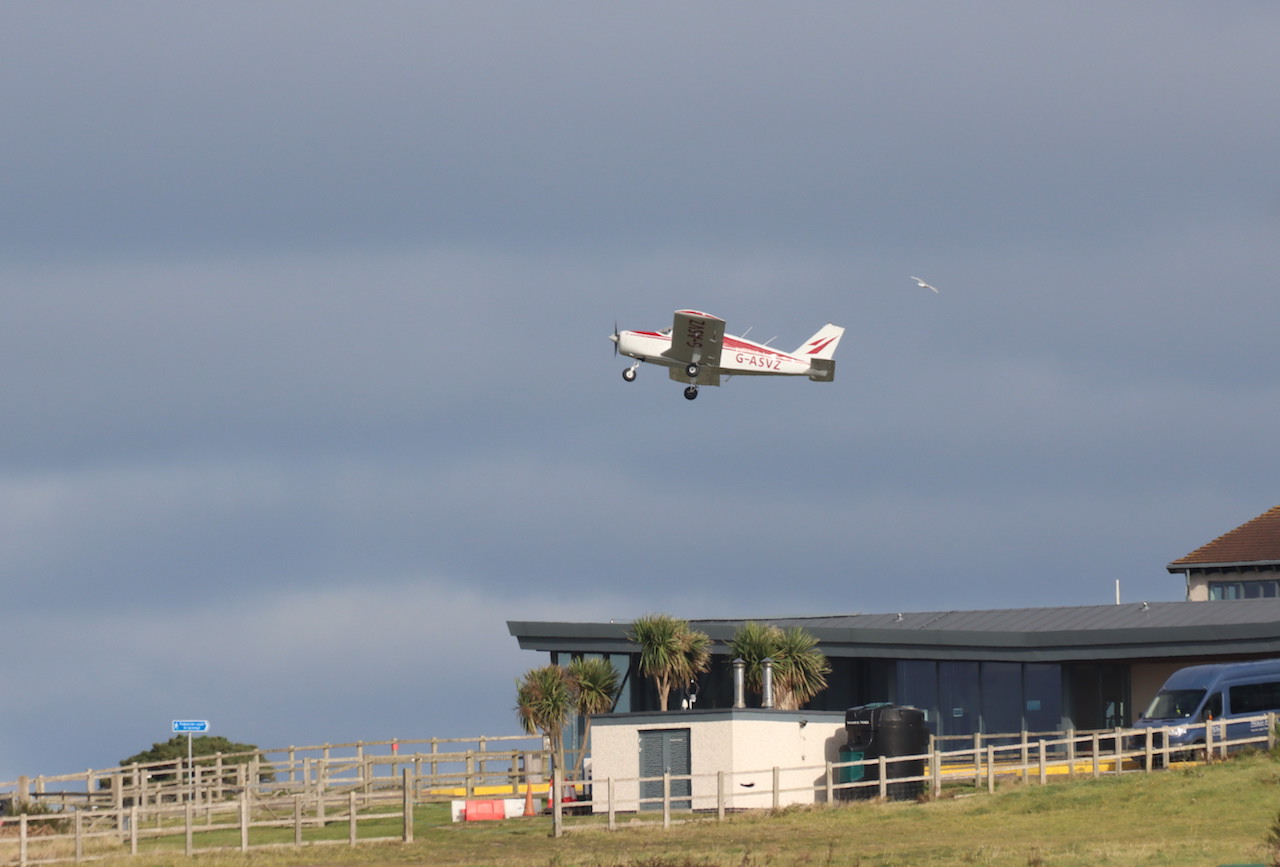
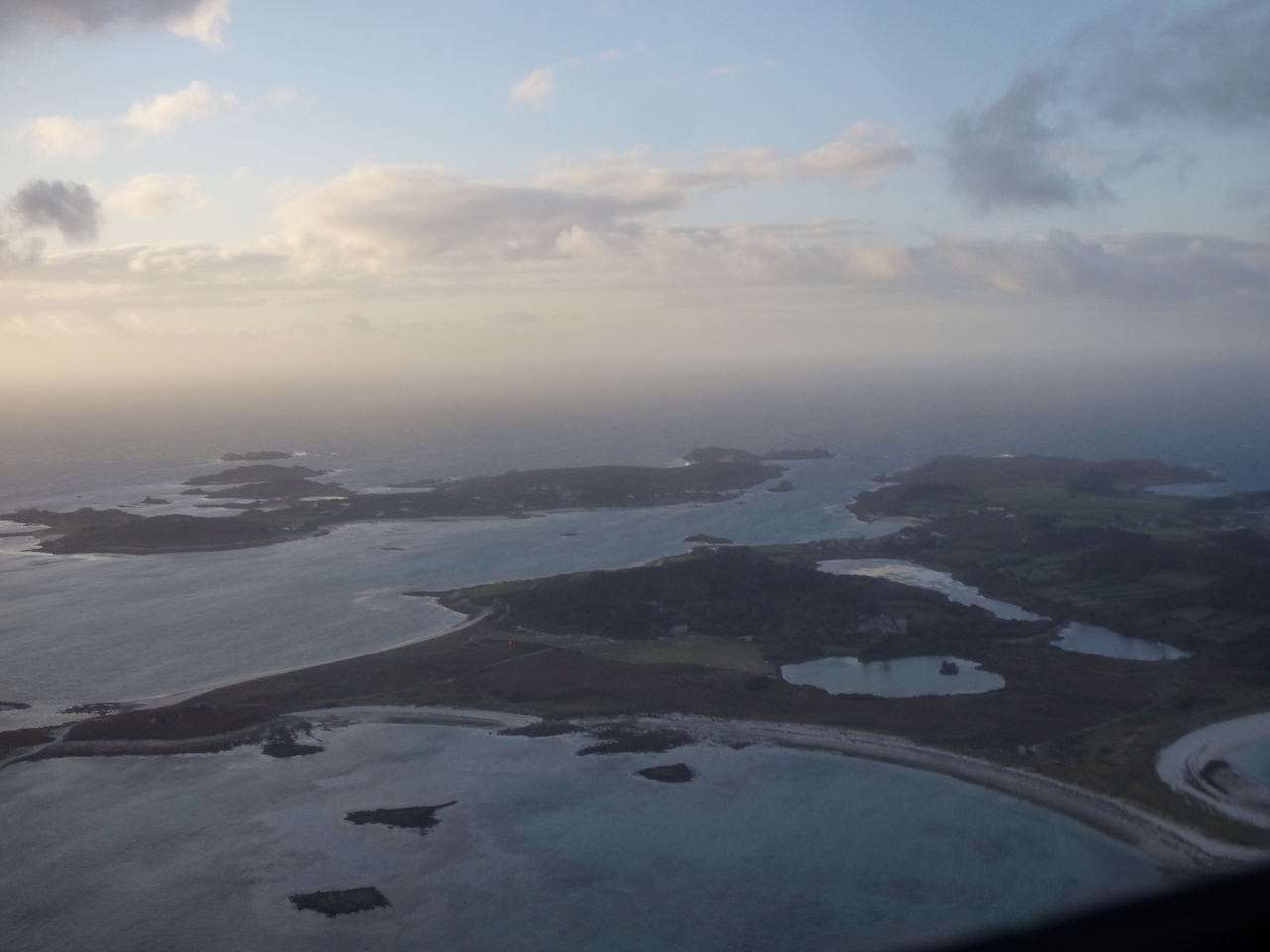







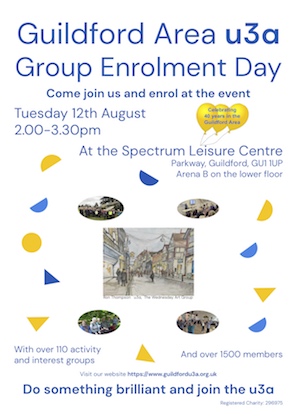


Keith Childs
October 25, 2020 at 2:51 pm
What a splendid birdwatcher’s report of the Scilly Isles. These monthly reports are most enjoyable. Thank you.
Editor’s note. Many thanks for your comment, I know Malcolm is encouraged by them. We feel very fortunate and privileged to have him writing these articles for The Dragon and believe that not only do they give readers a great deal of educational pleasure and information, they are also an important record of our local avian fauna and natural history. I also thank my colleague David Rose who edits and lays out each article.
Des O'Byrne
October 25, 2020 at 5:07 pm
Many thanks Malcolm for sharing your knowledge, expertise and wonderful photographs.
I had no idea that several of the birds you spotted lived in in the British Isles and it sounds like you got to add a few new species to your list.
Pete Flaskett
October 30, 2020 at 12:17 pm
Many thanks for the great pictures, of the wildlife on the Isles of Scilly. I got them via my sister Juliet in Wisconsin, USA who regularly reads your column.
I live in Cornwall and I’ve been lucky enough to play guitar with various bands on the islands having travelled out on the boat, plane and even the helicopter over the years. Sadly, the golden pheasant and the chough have eluded me.